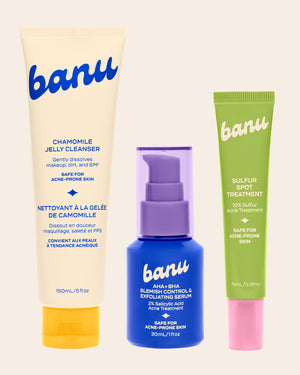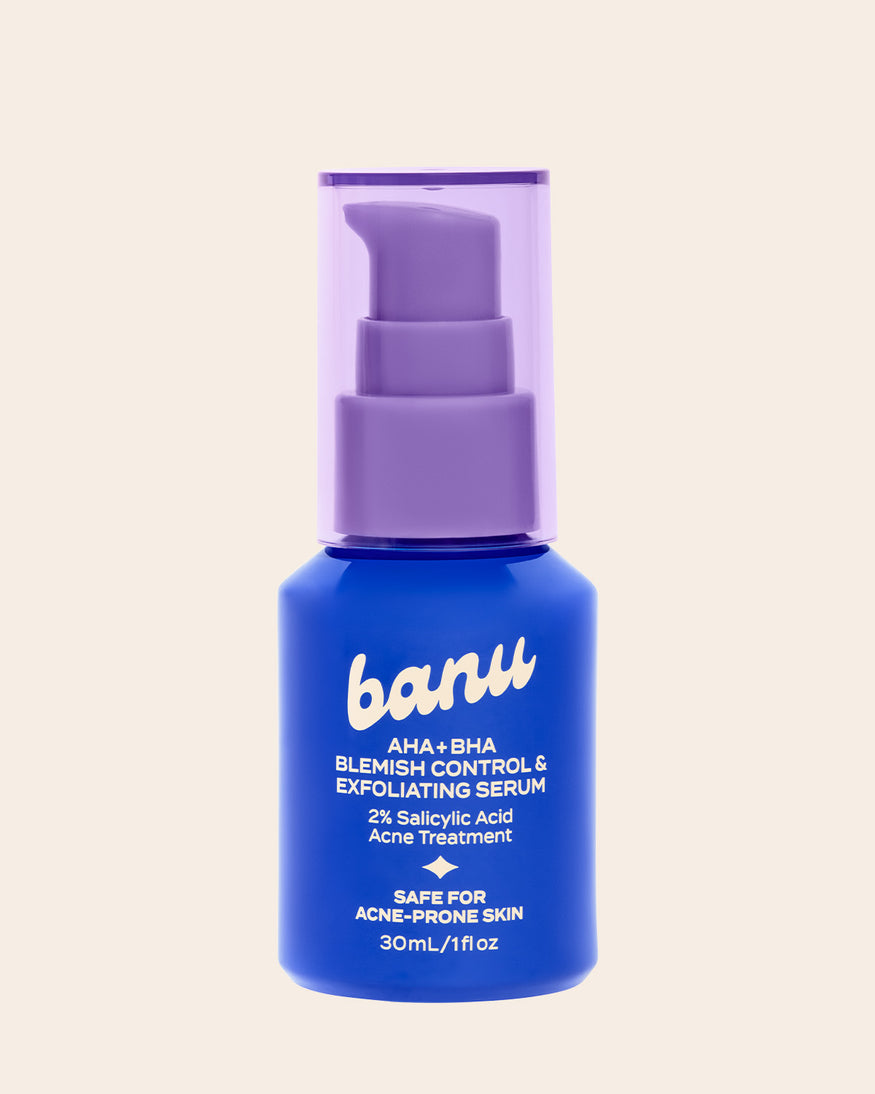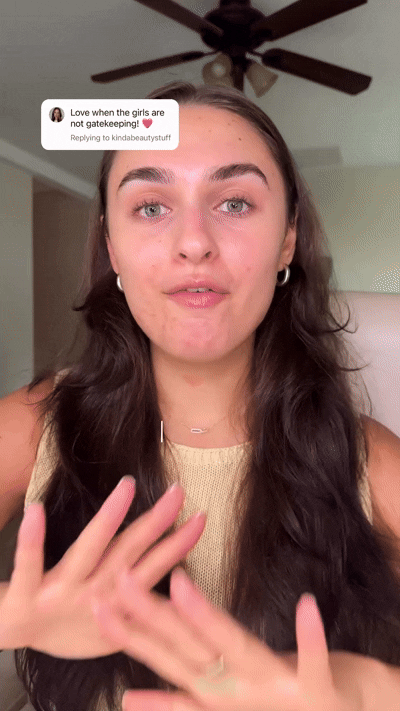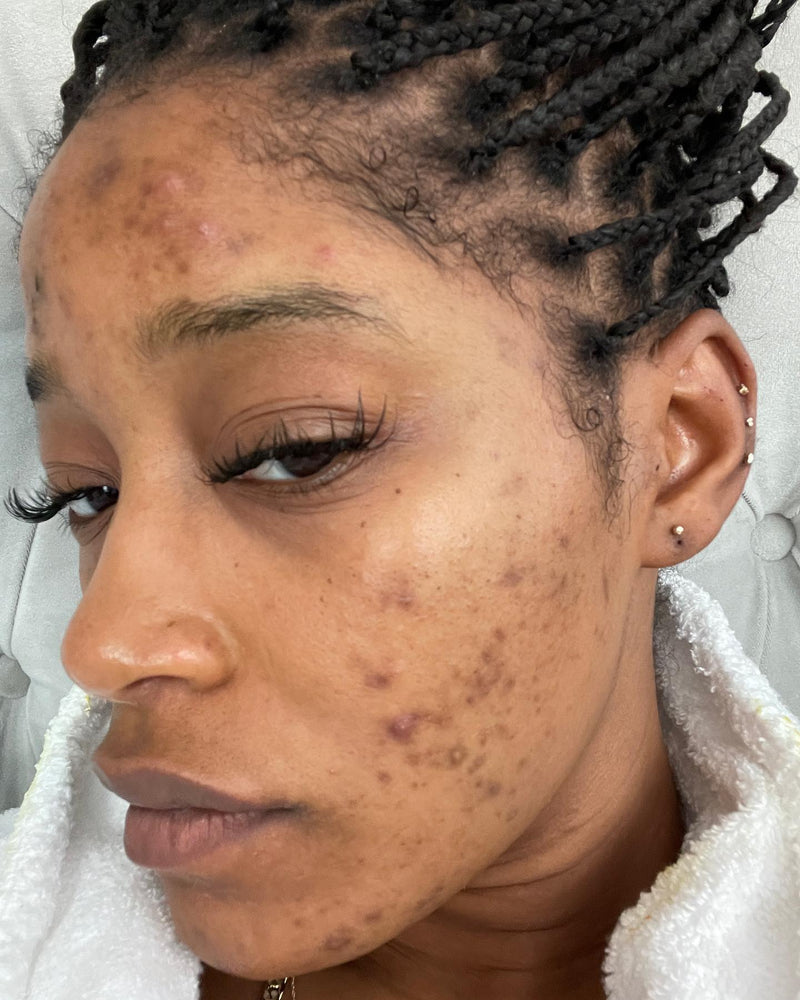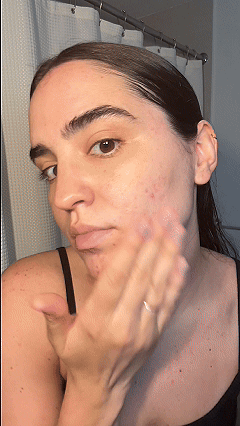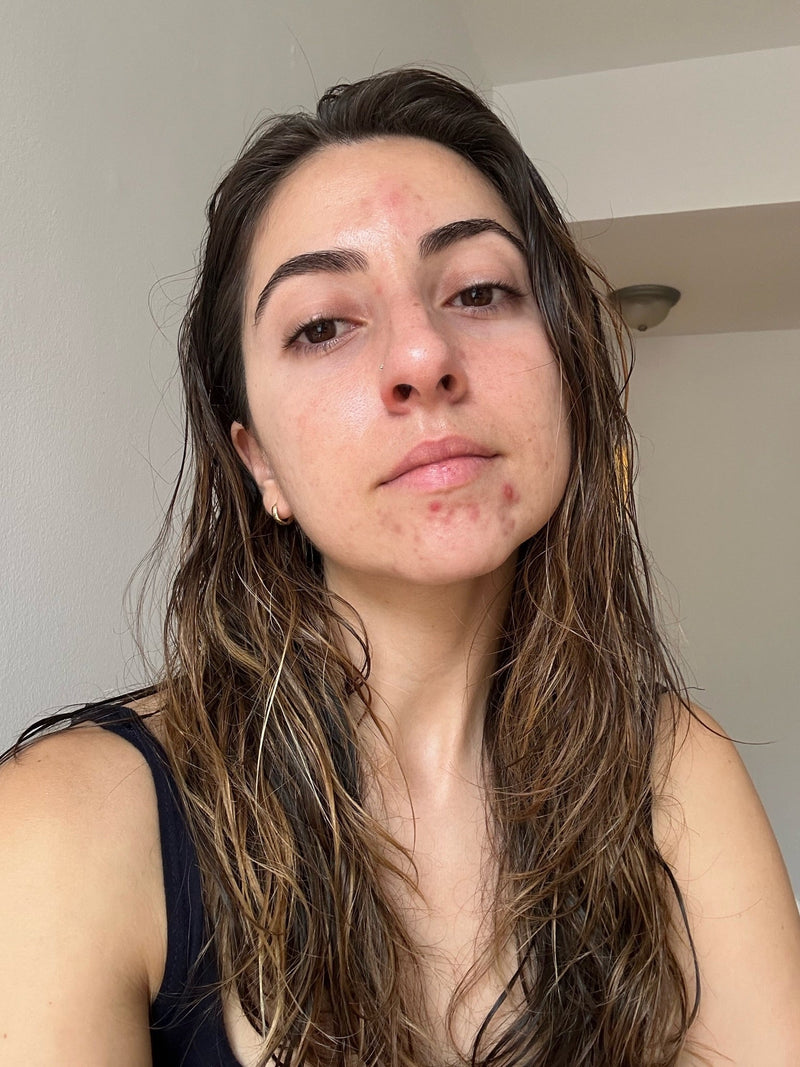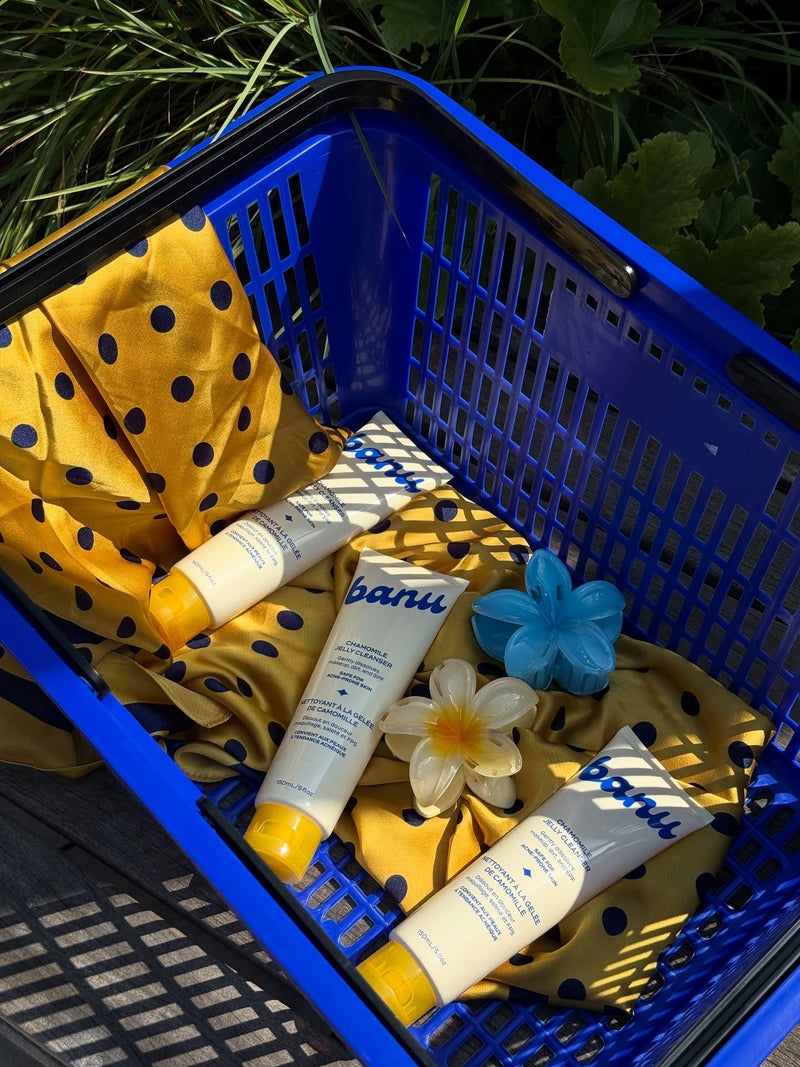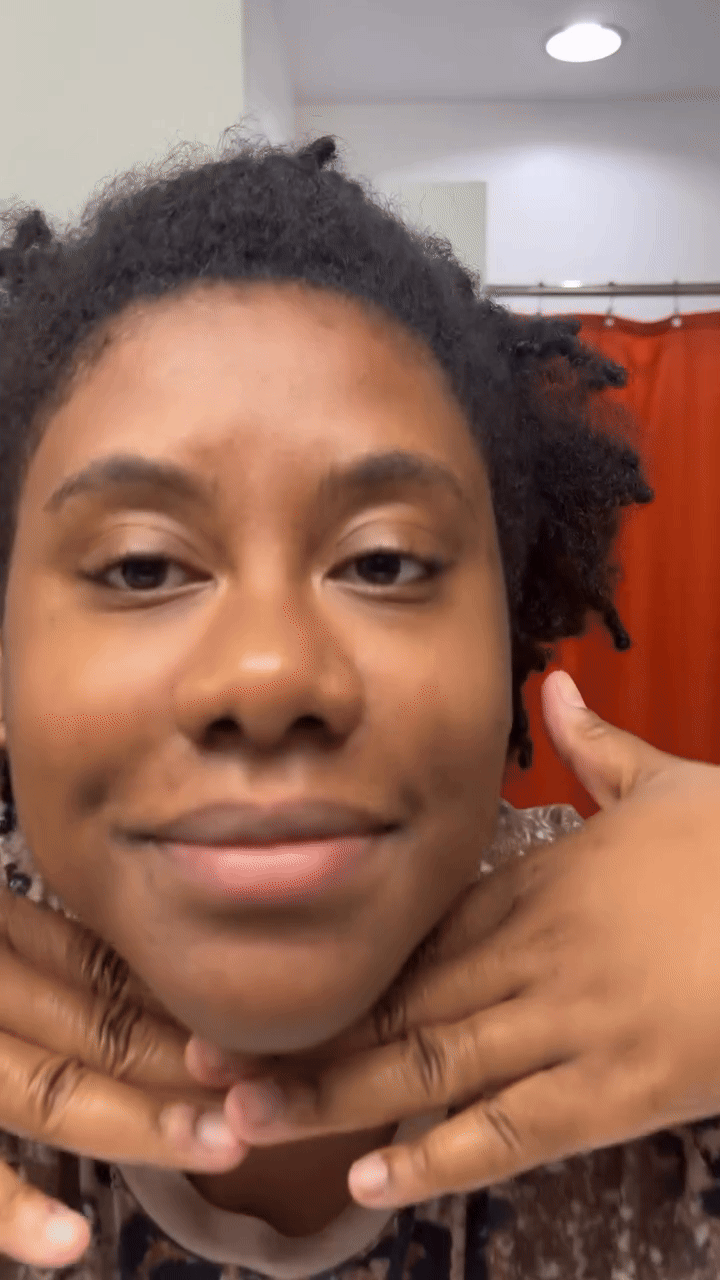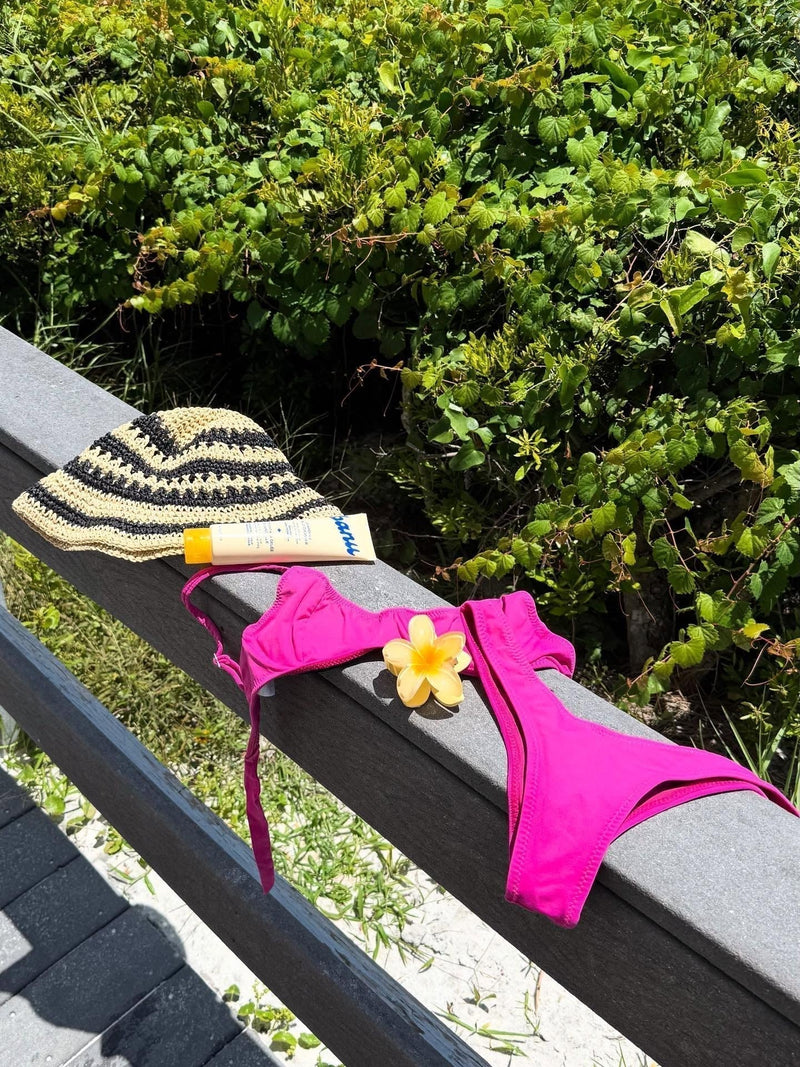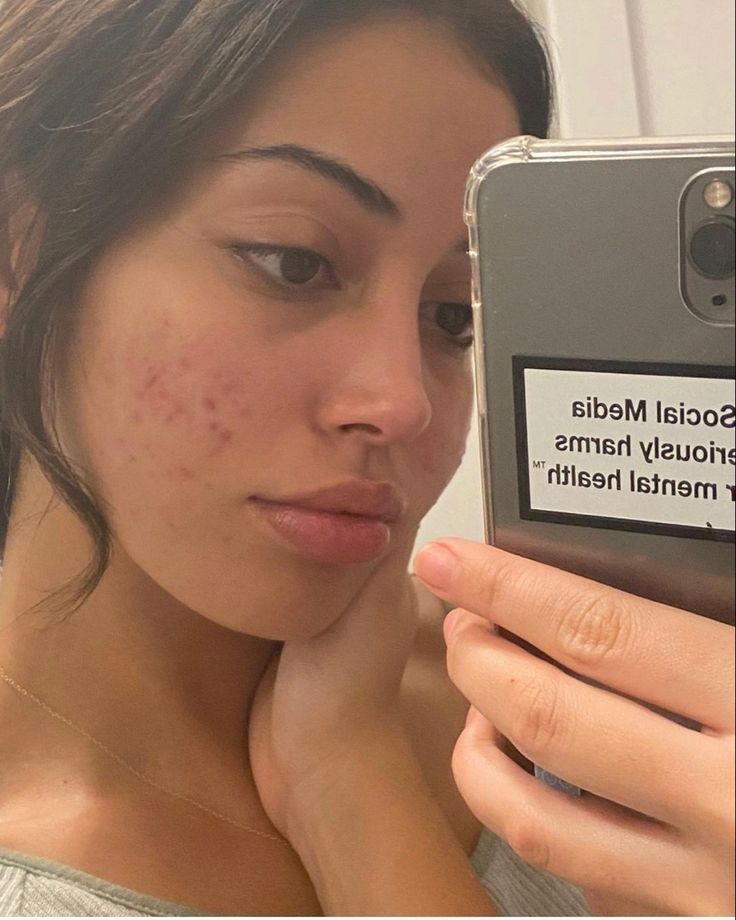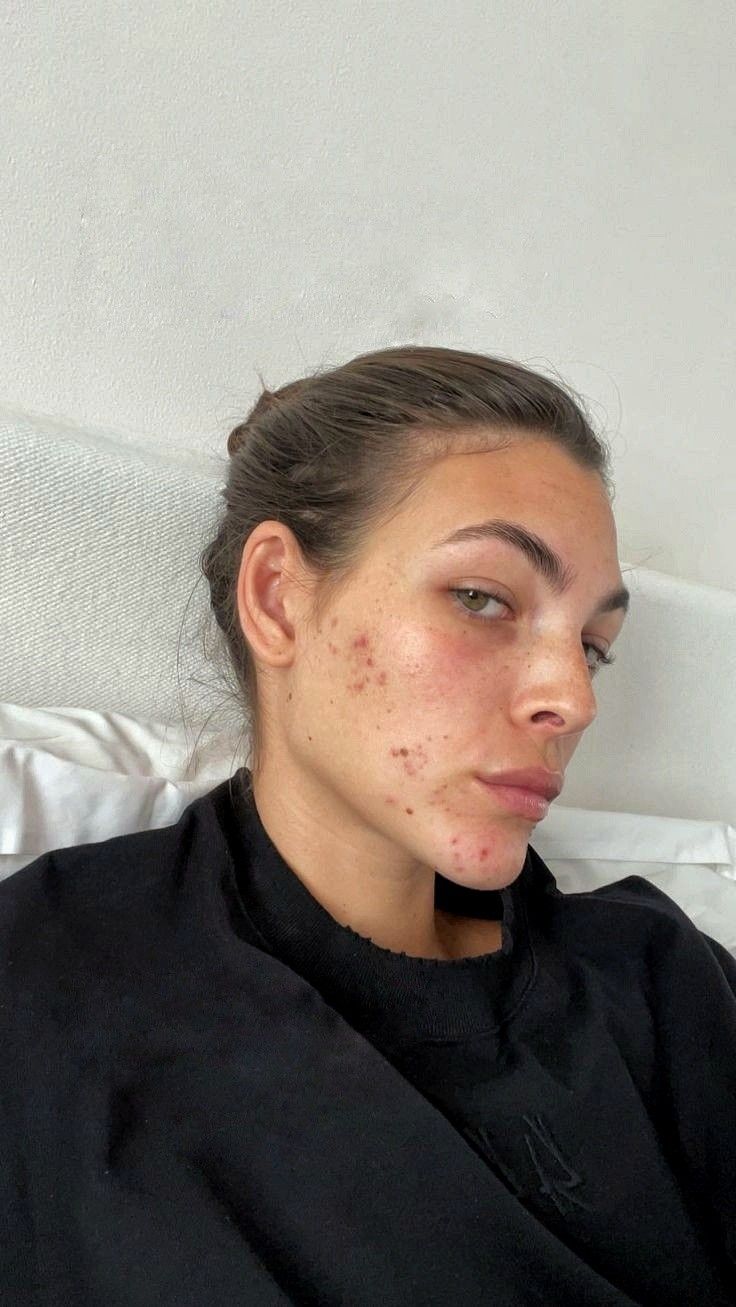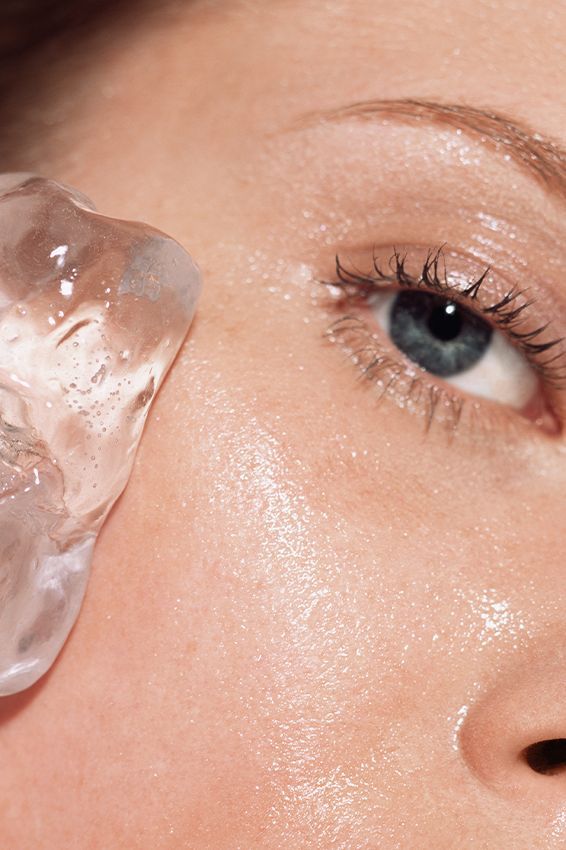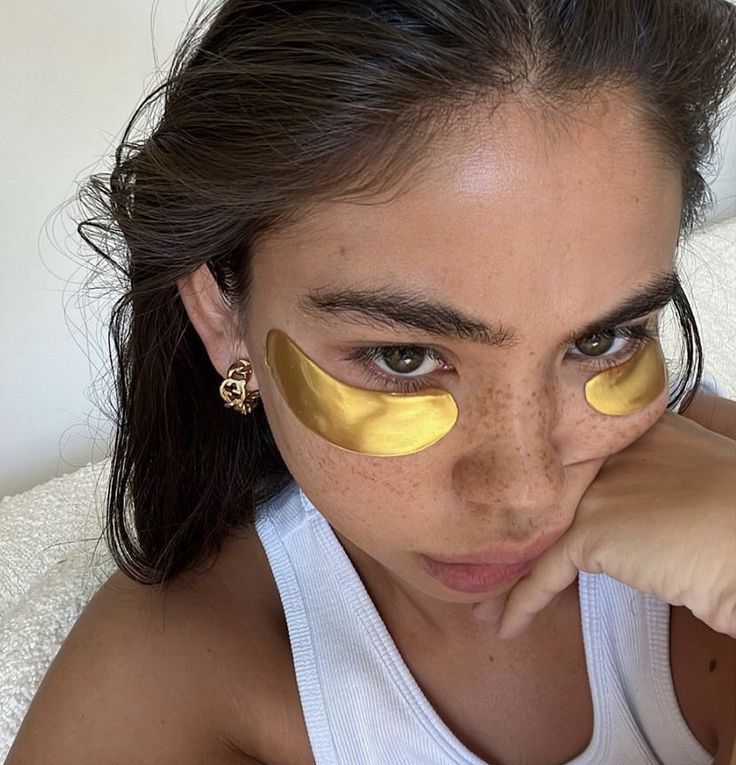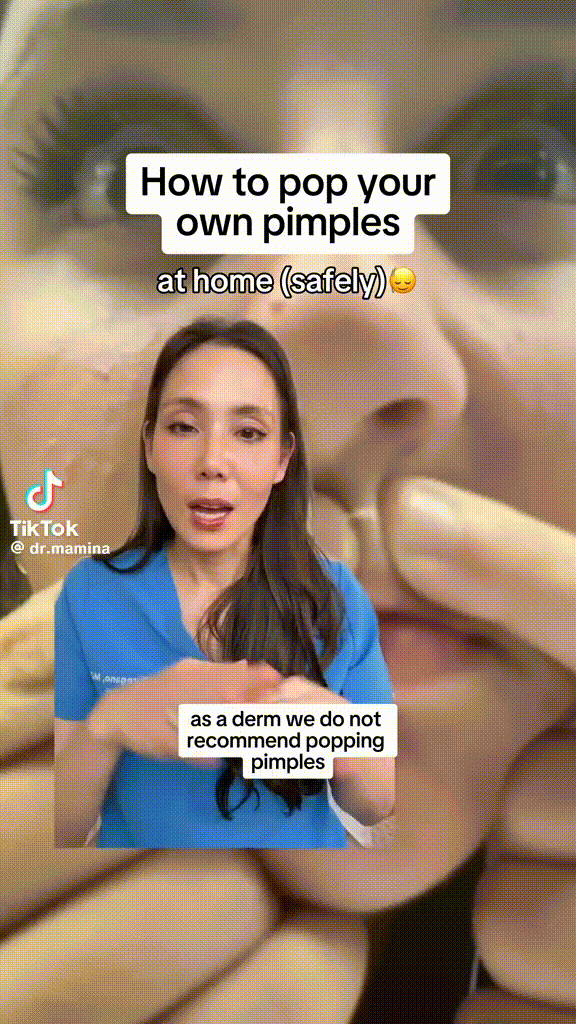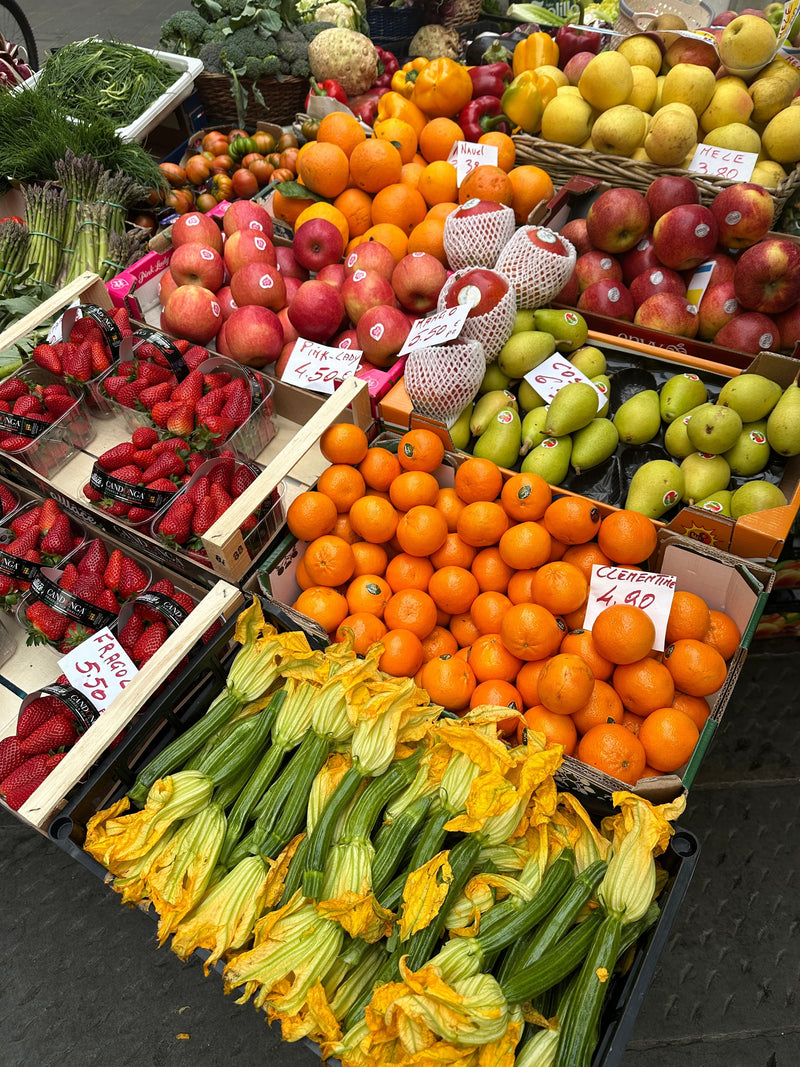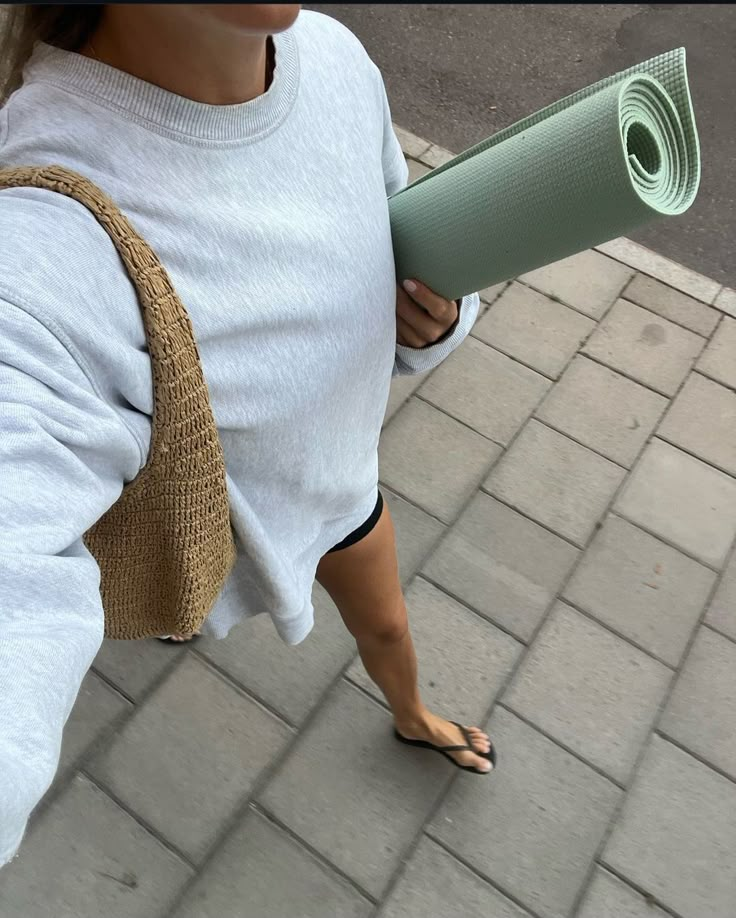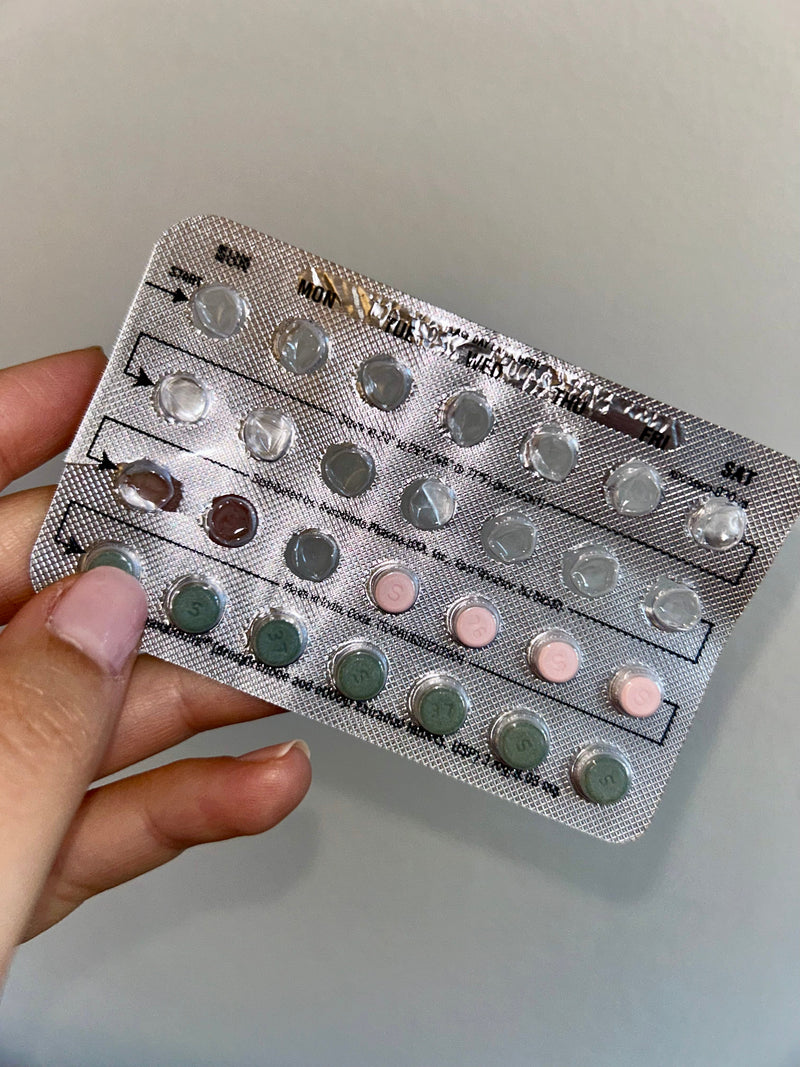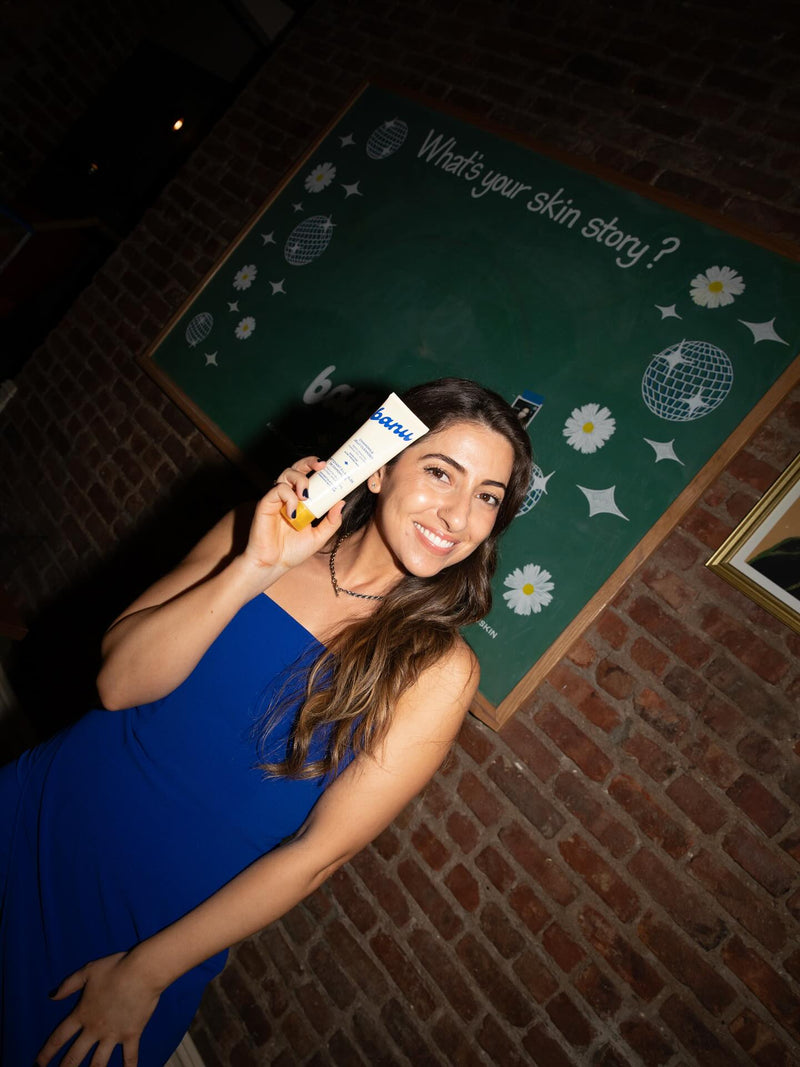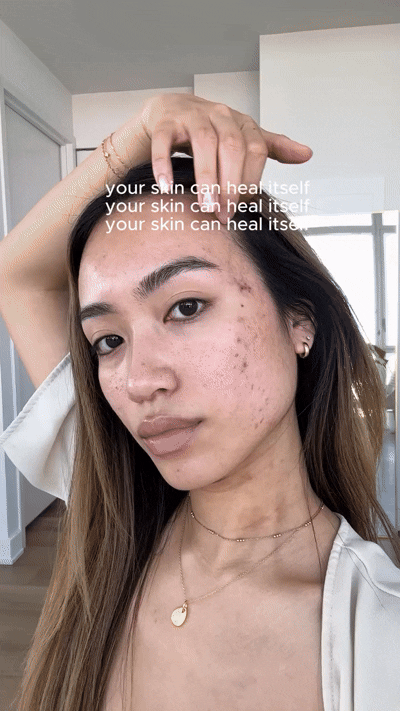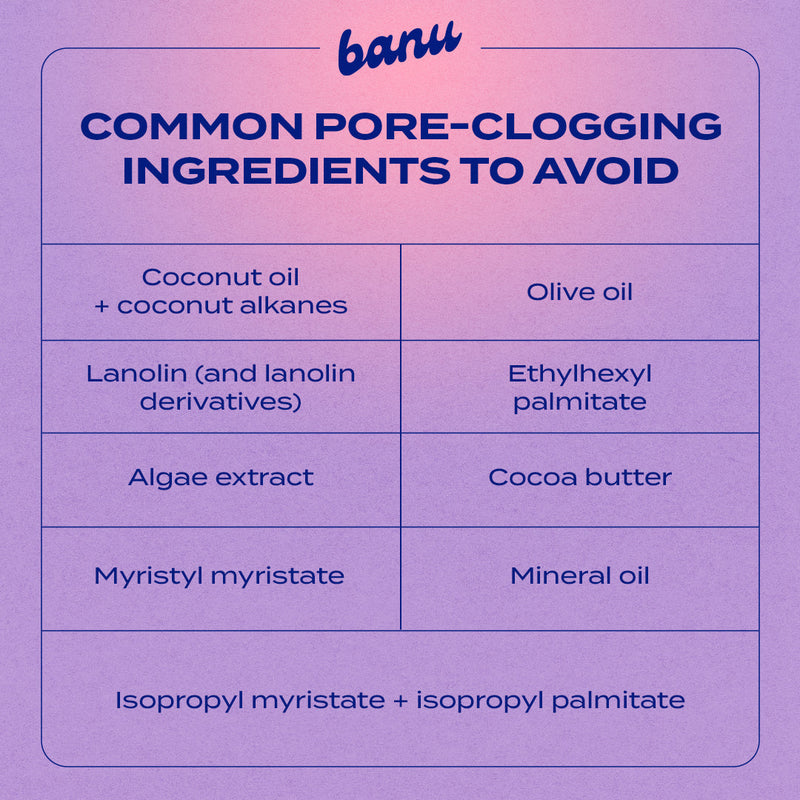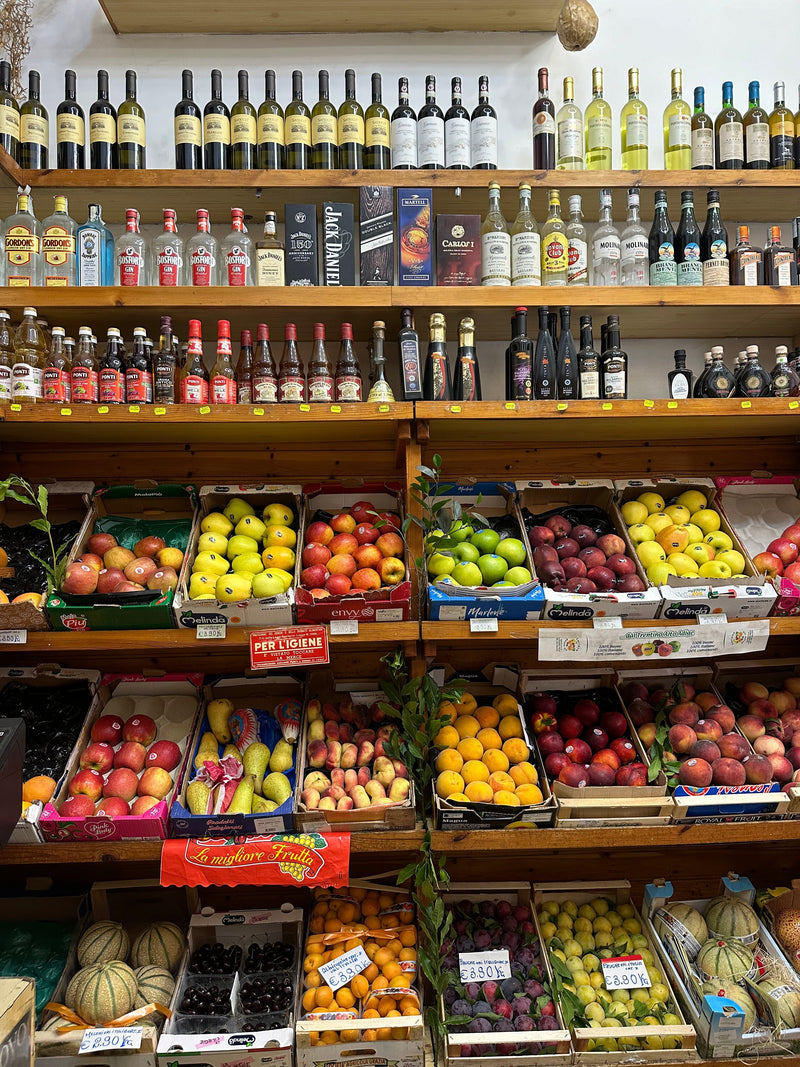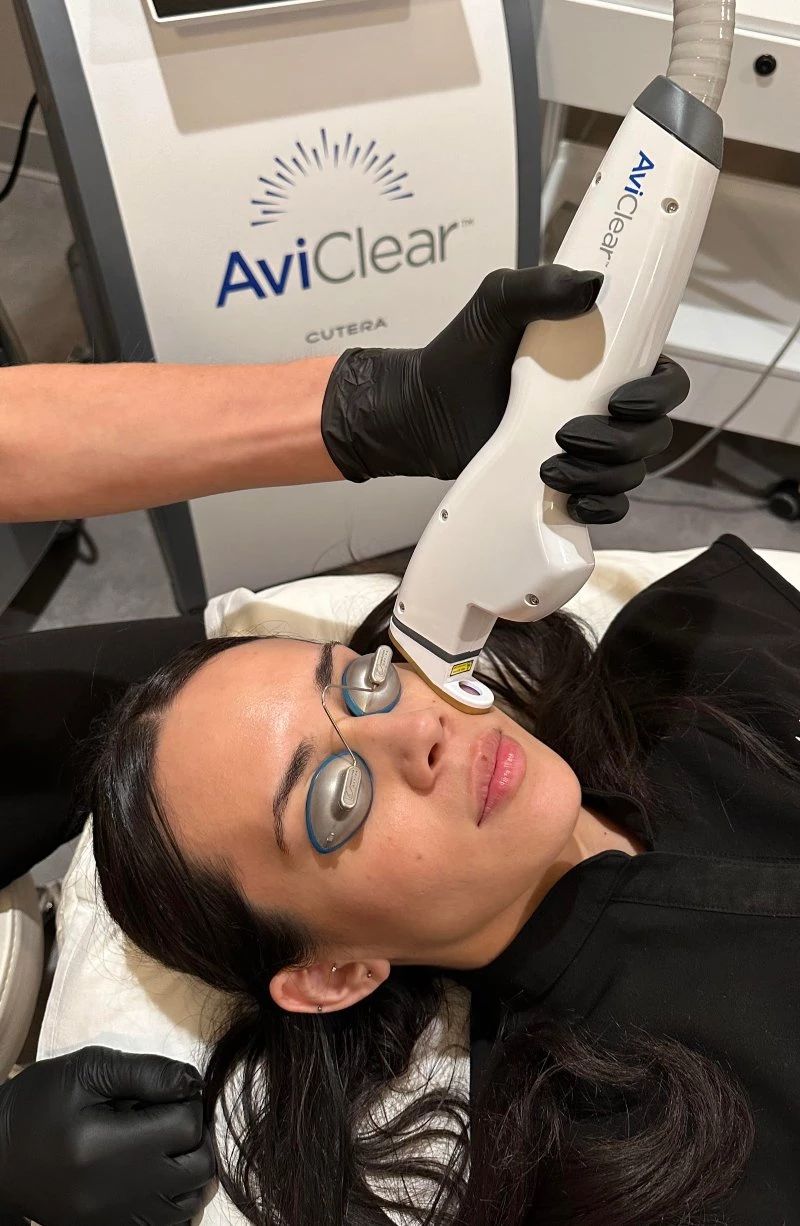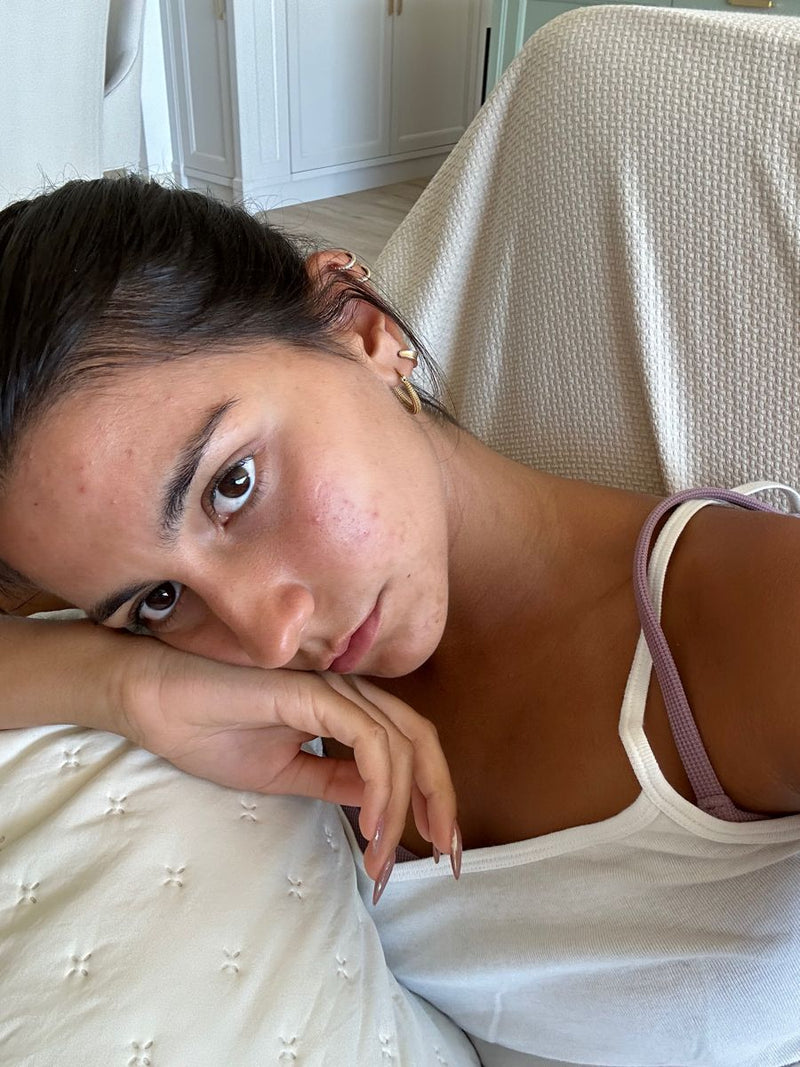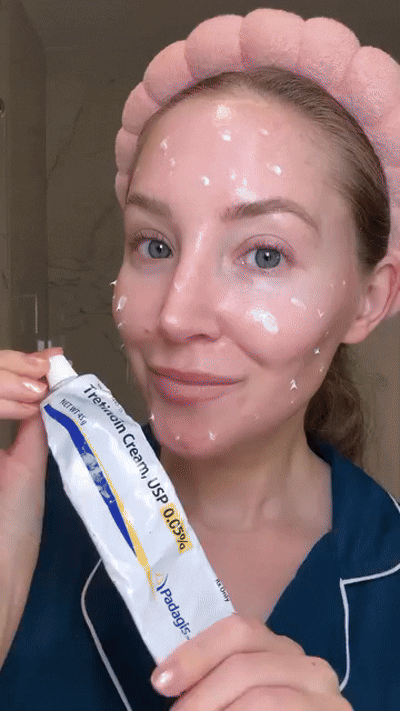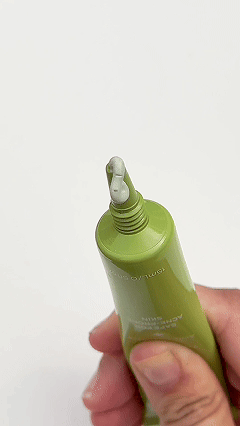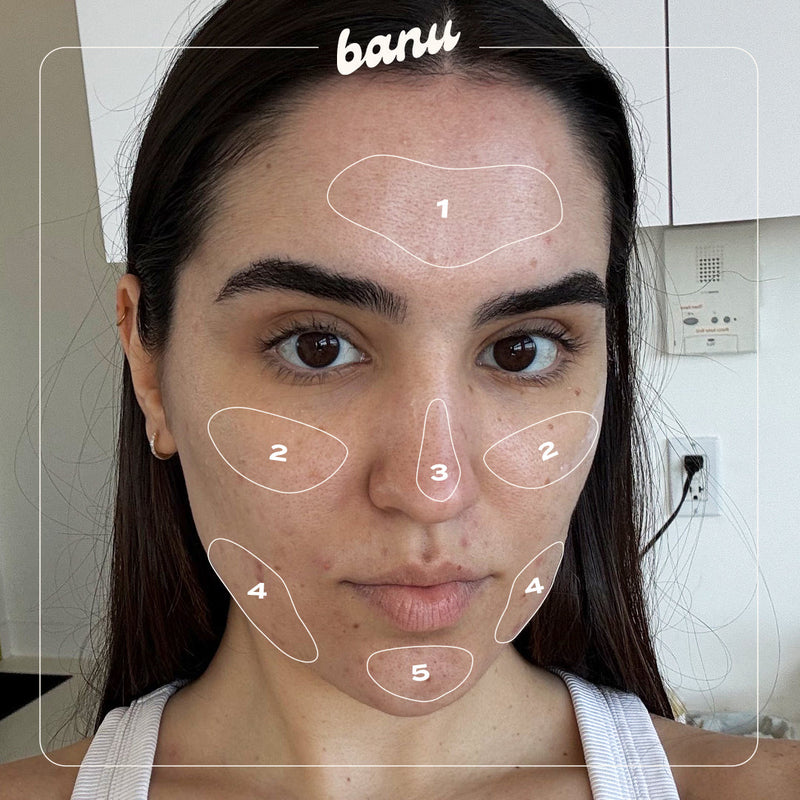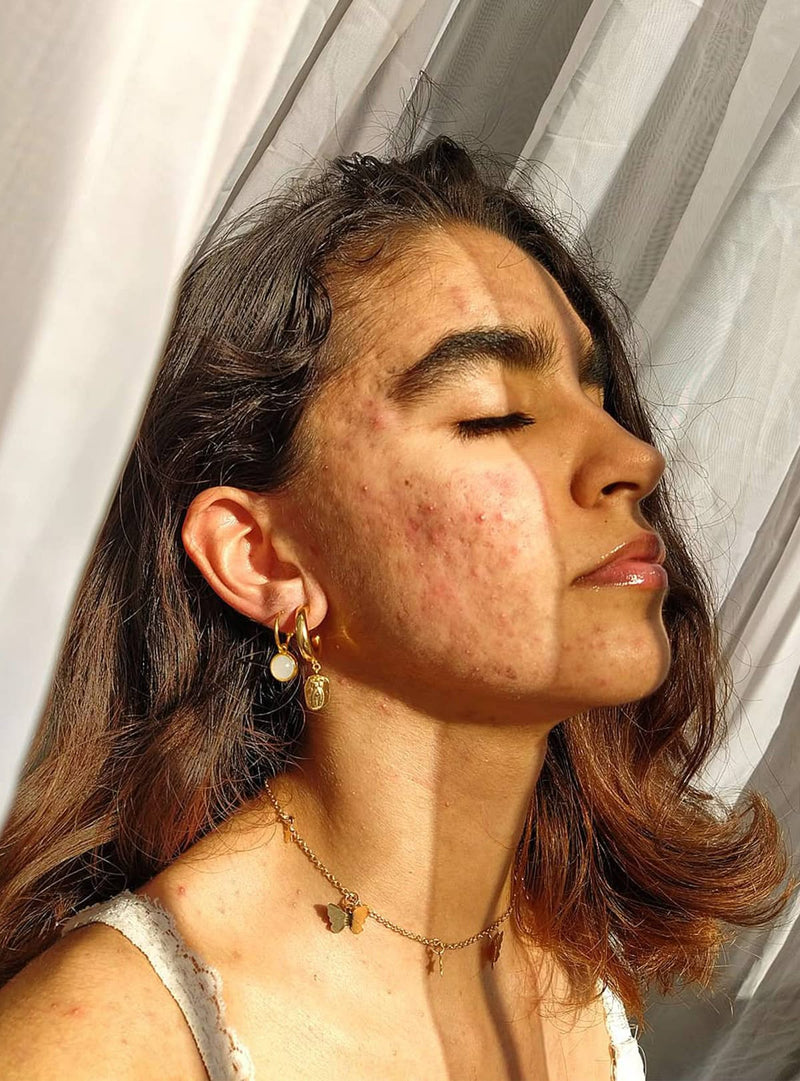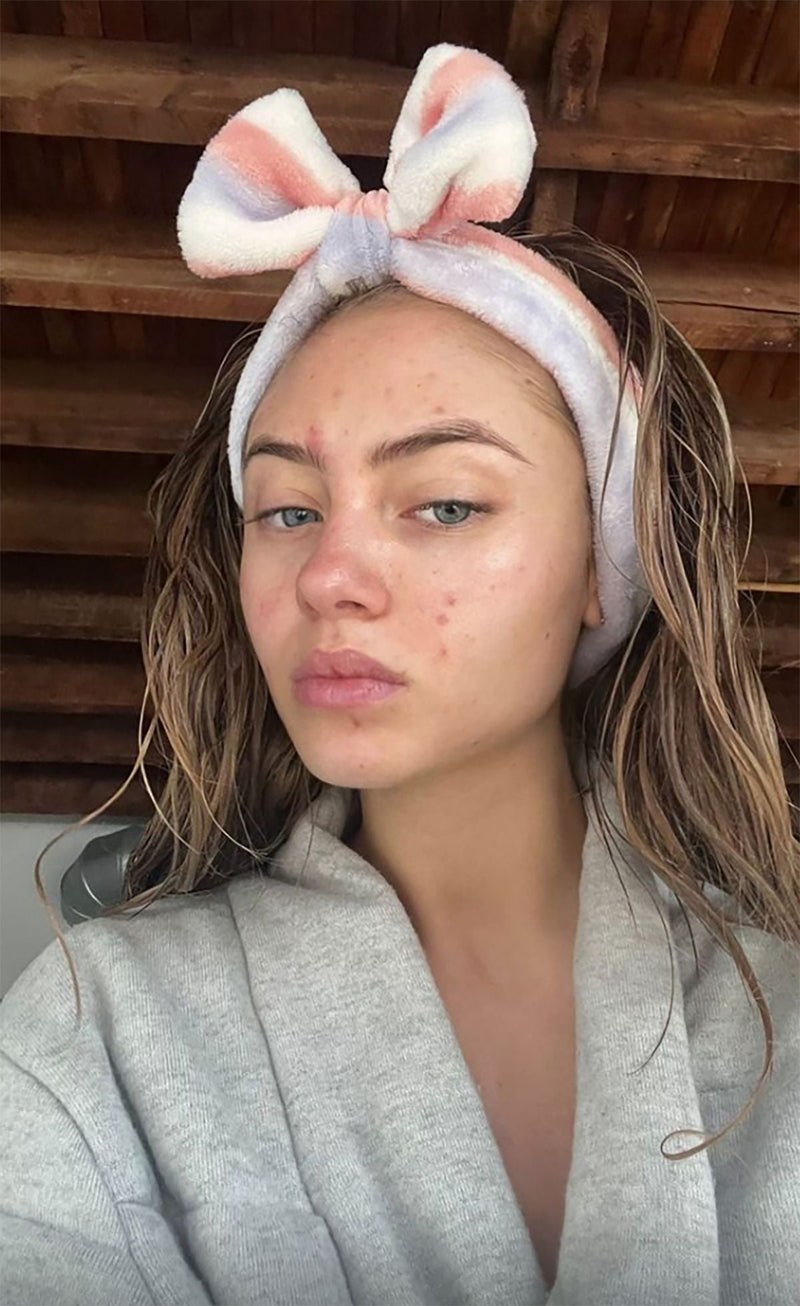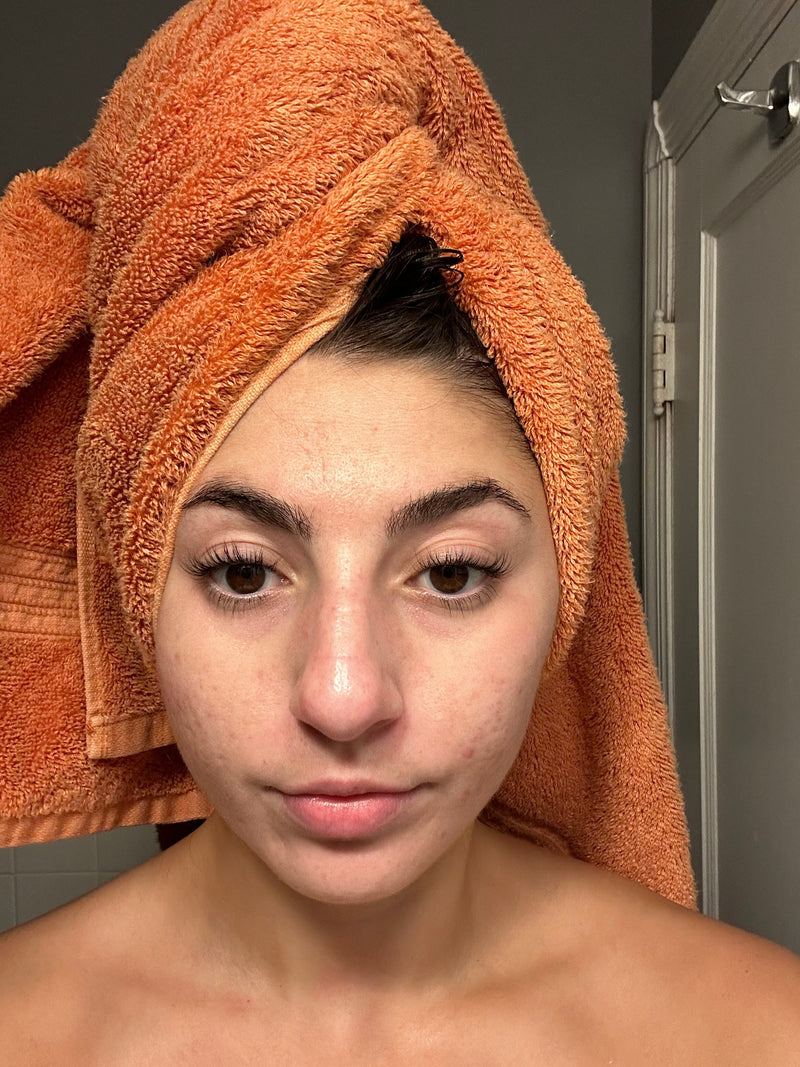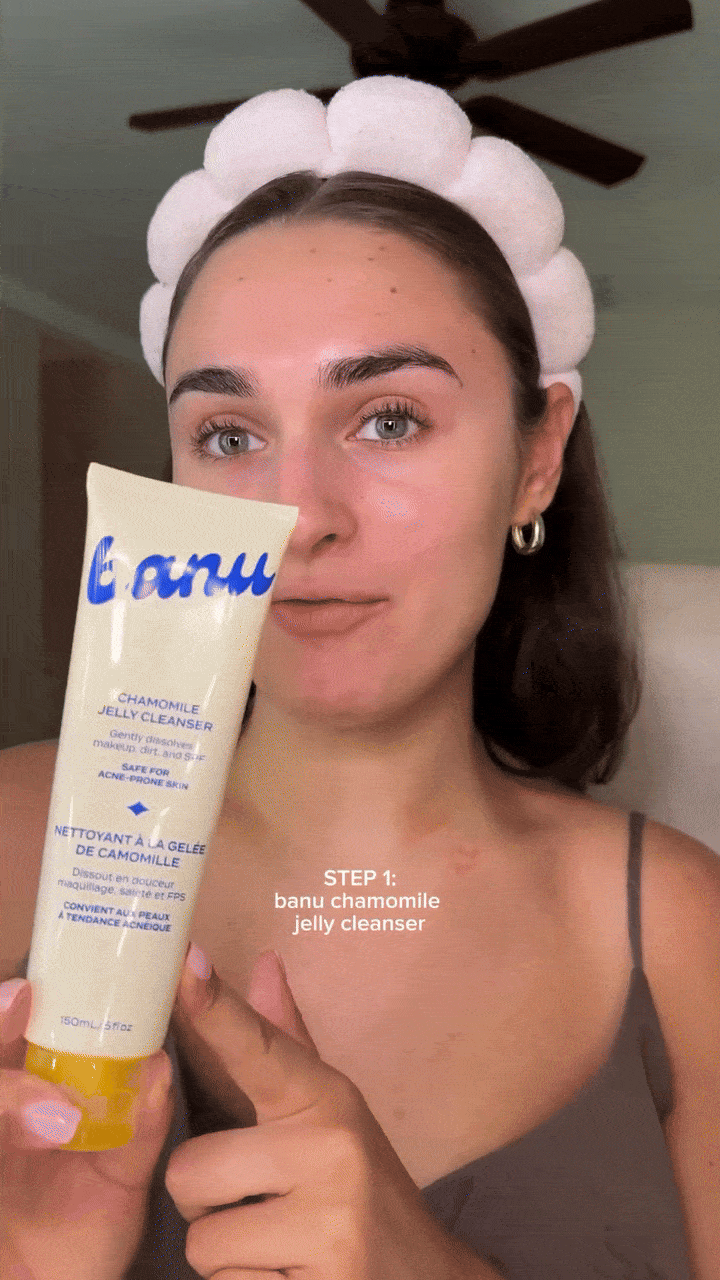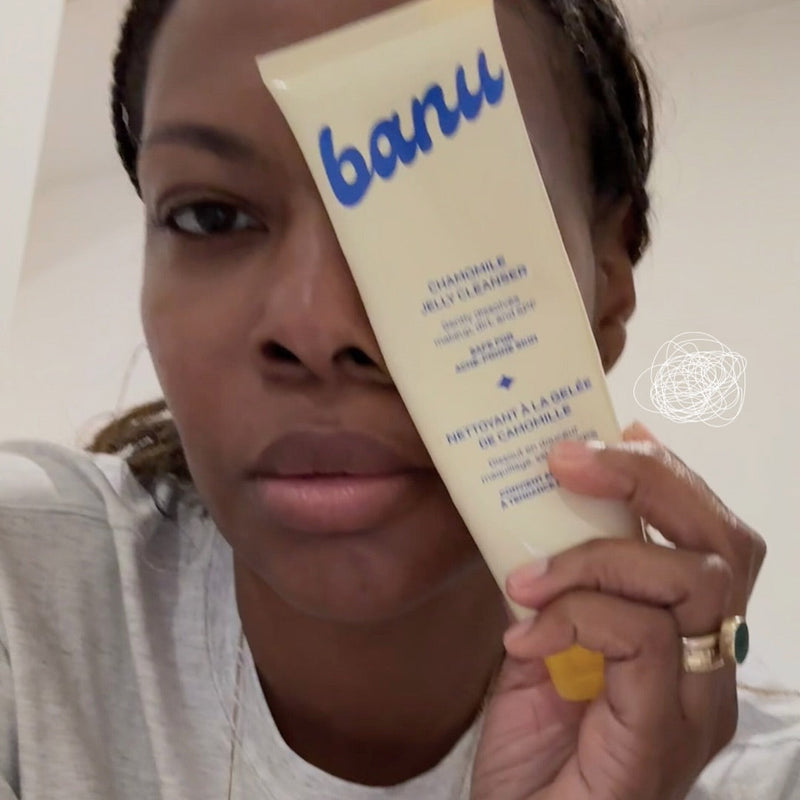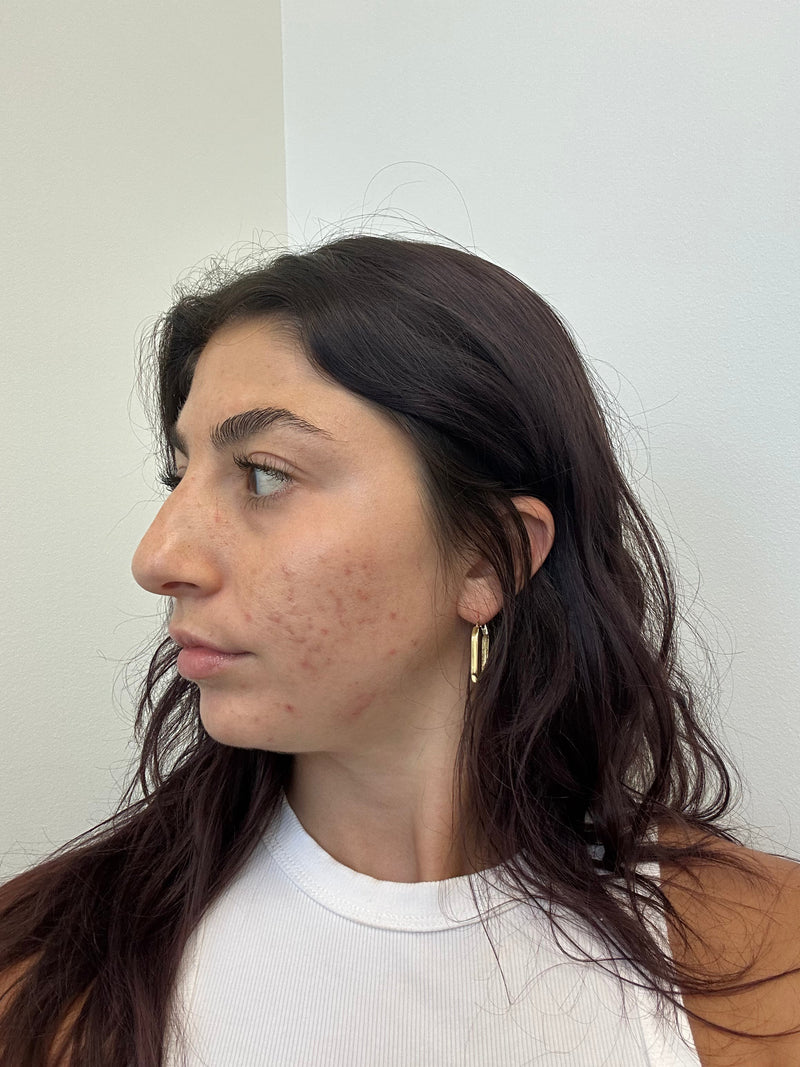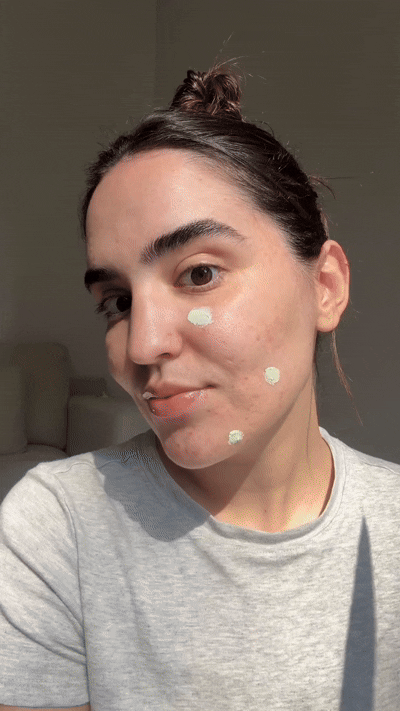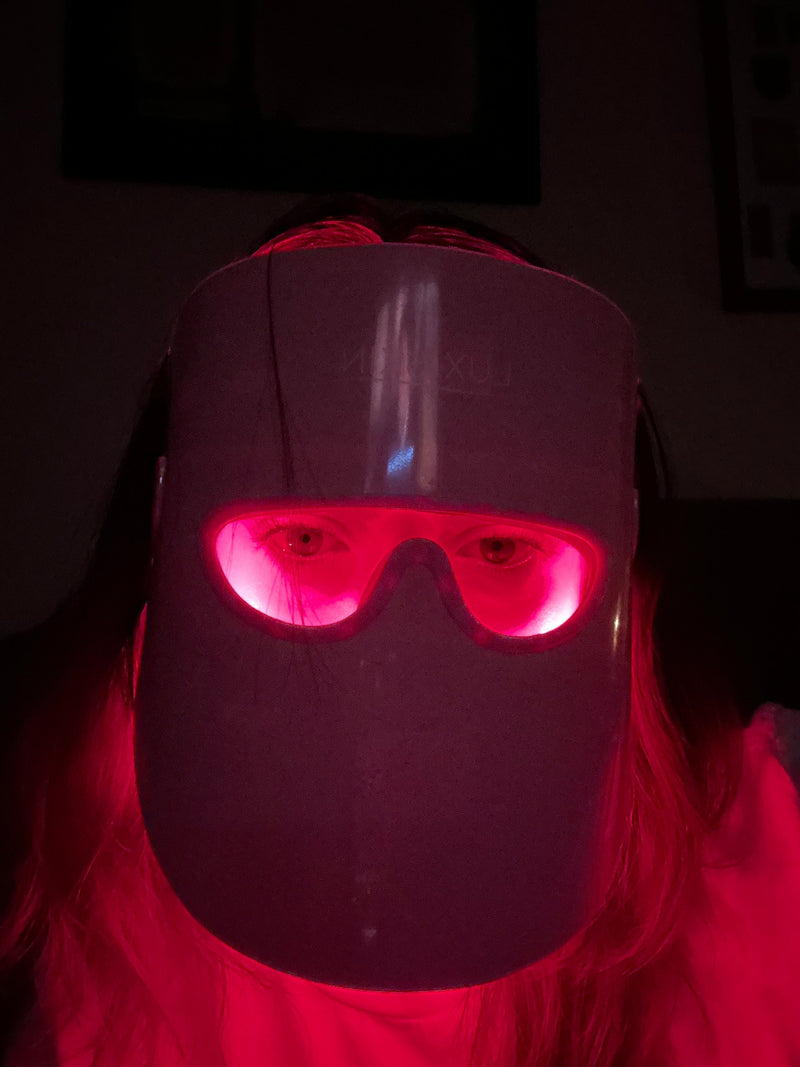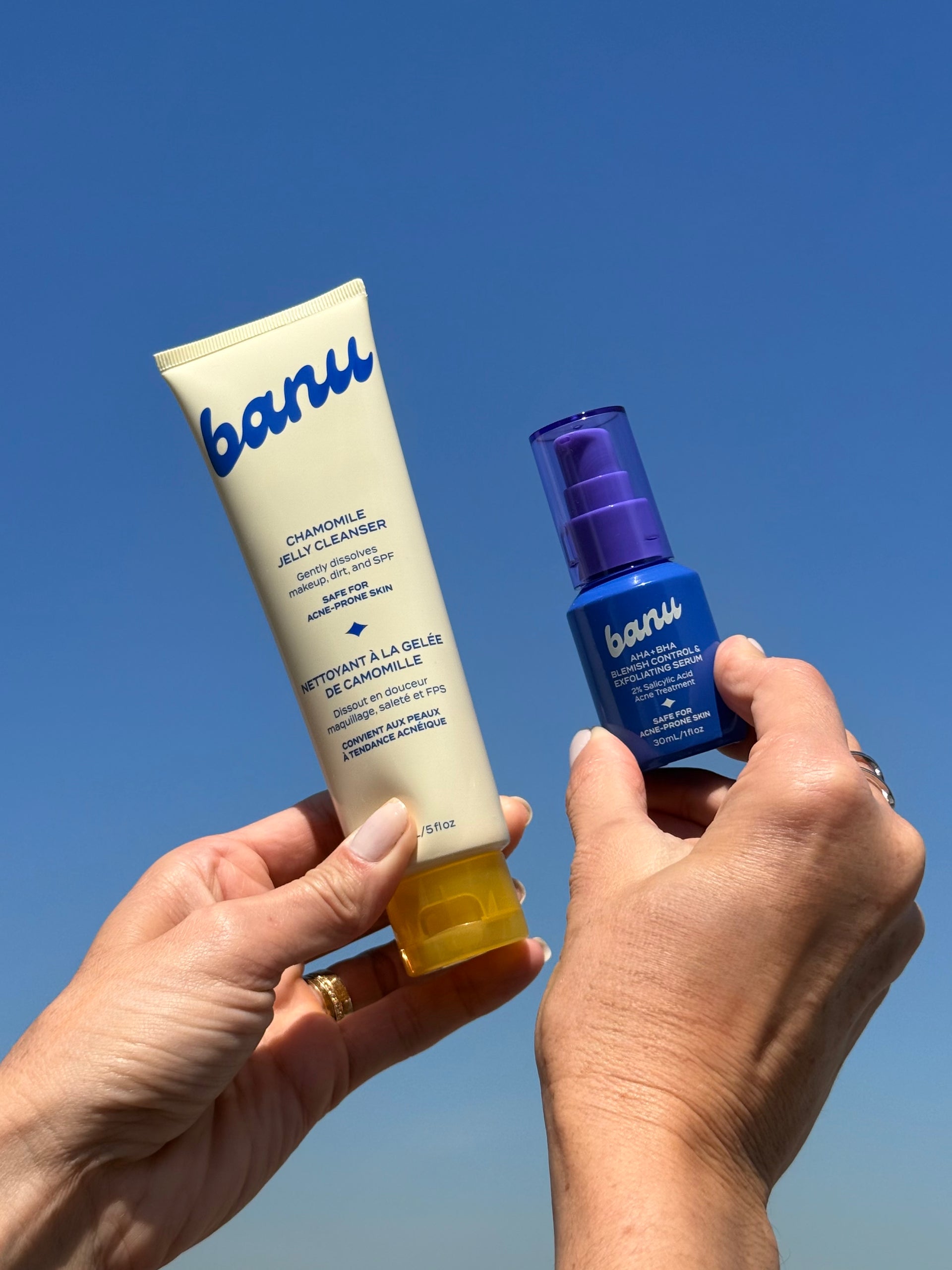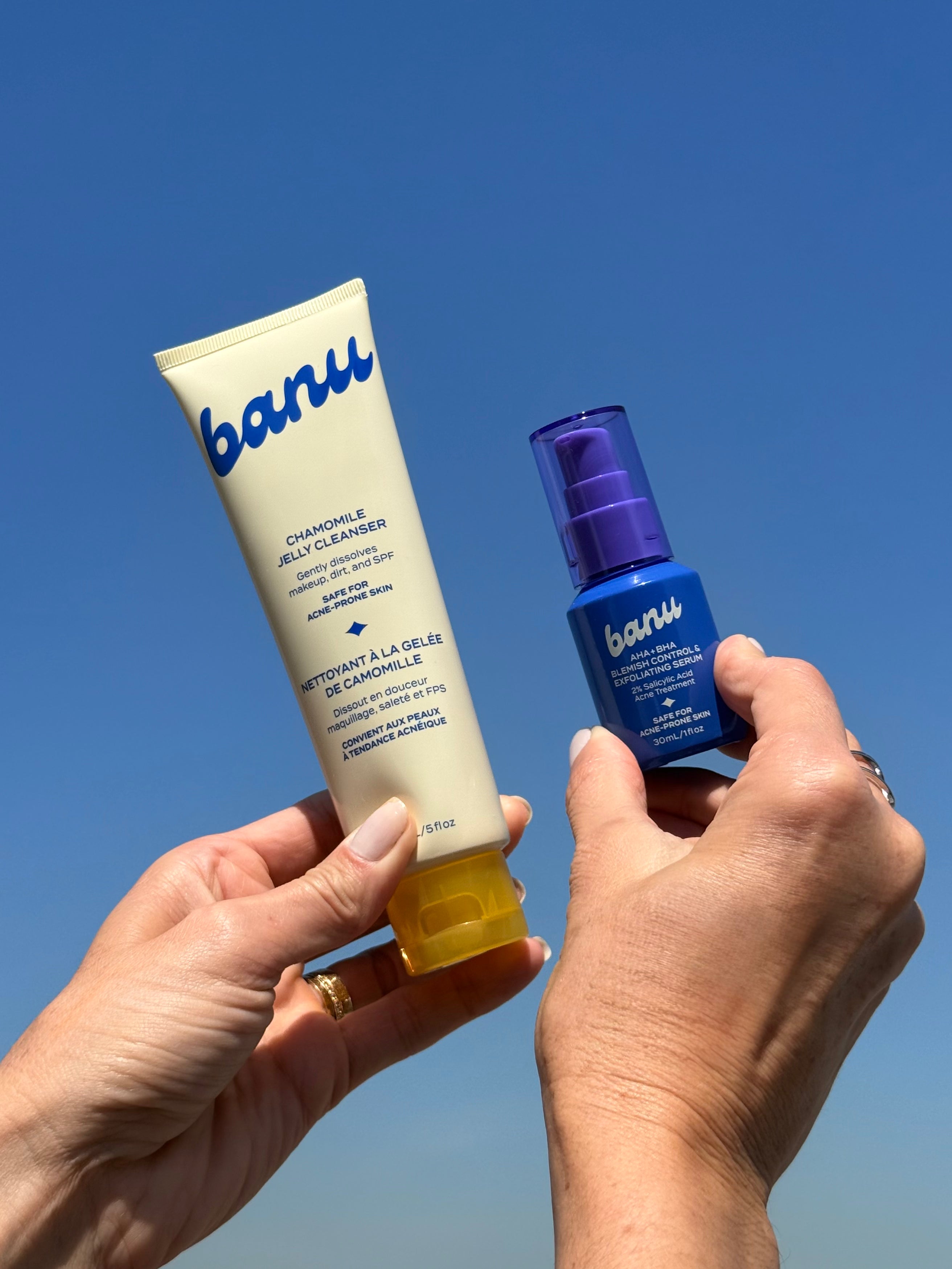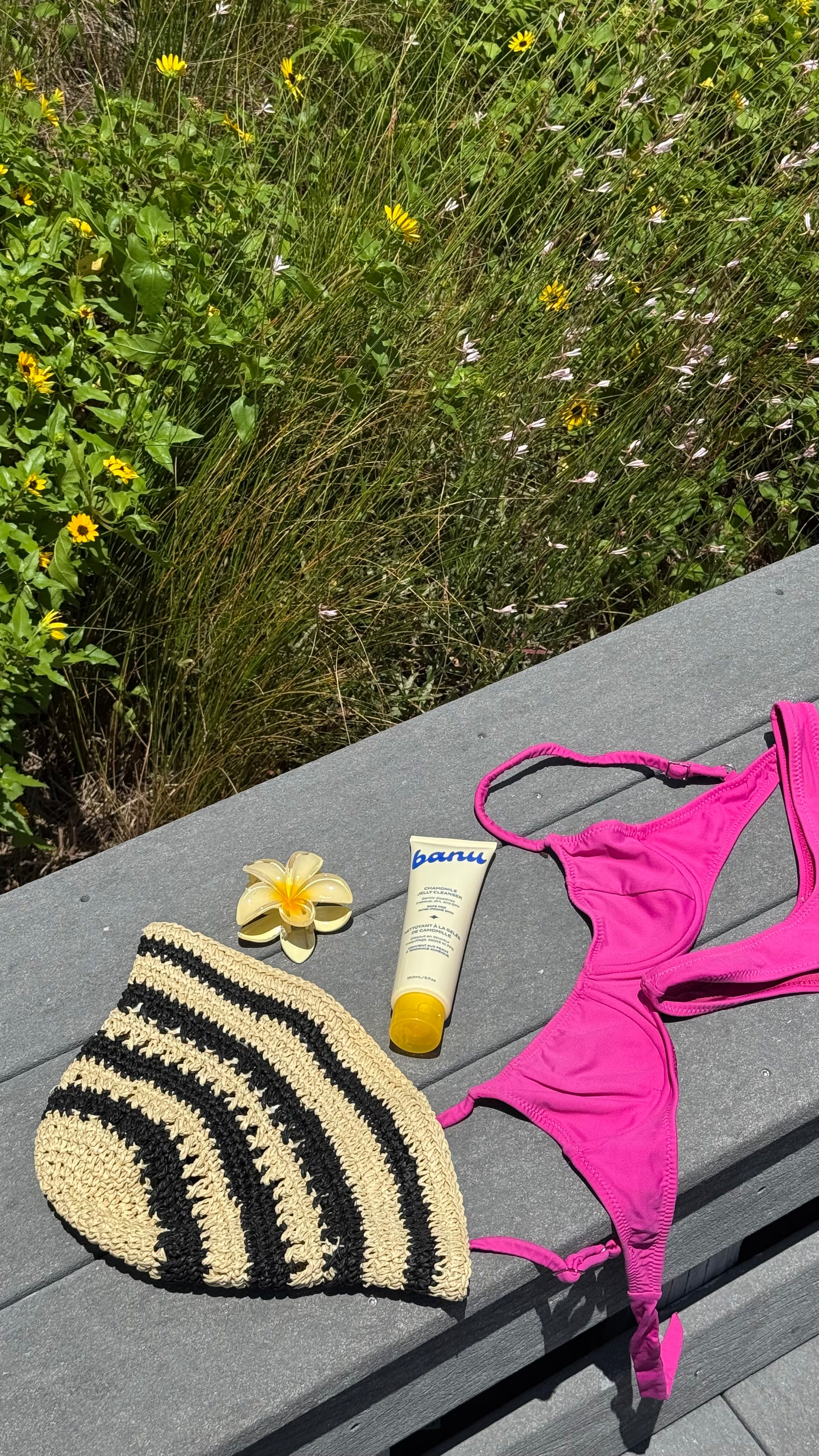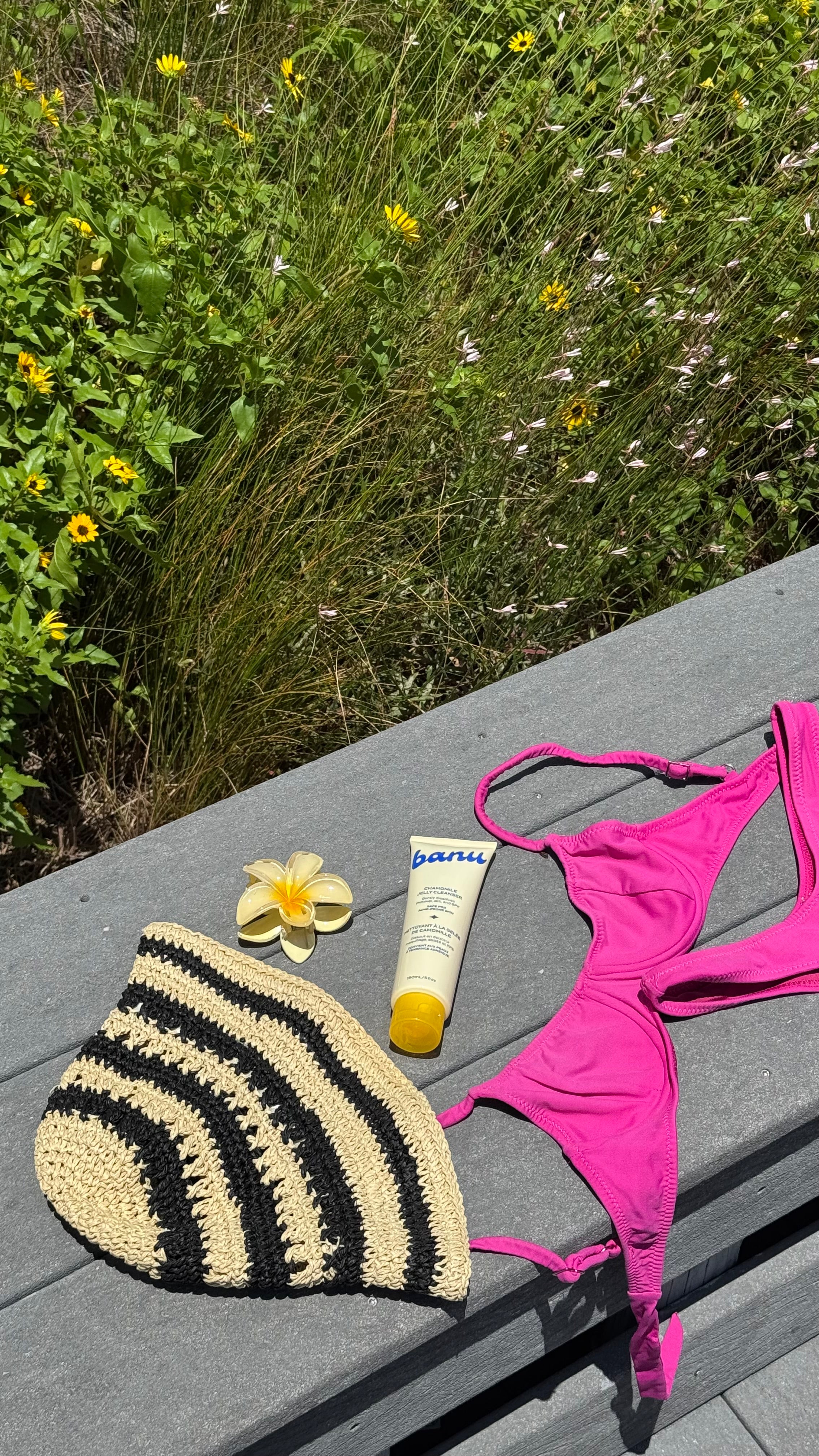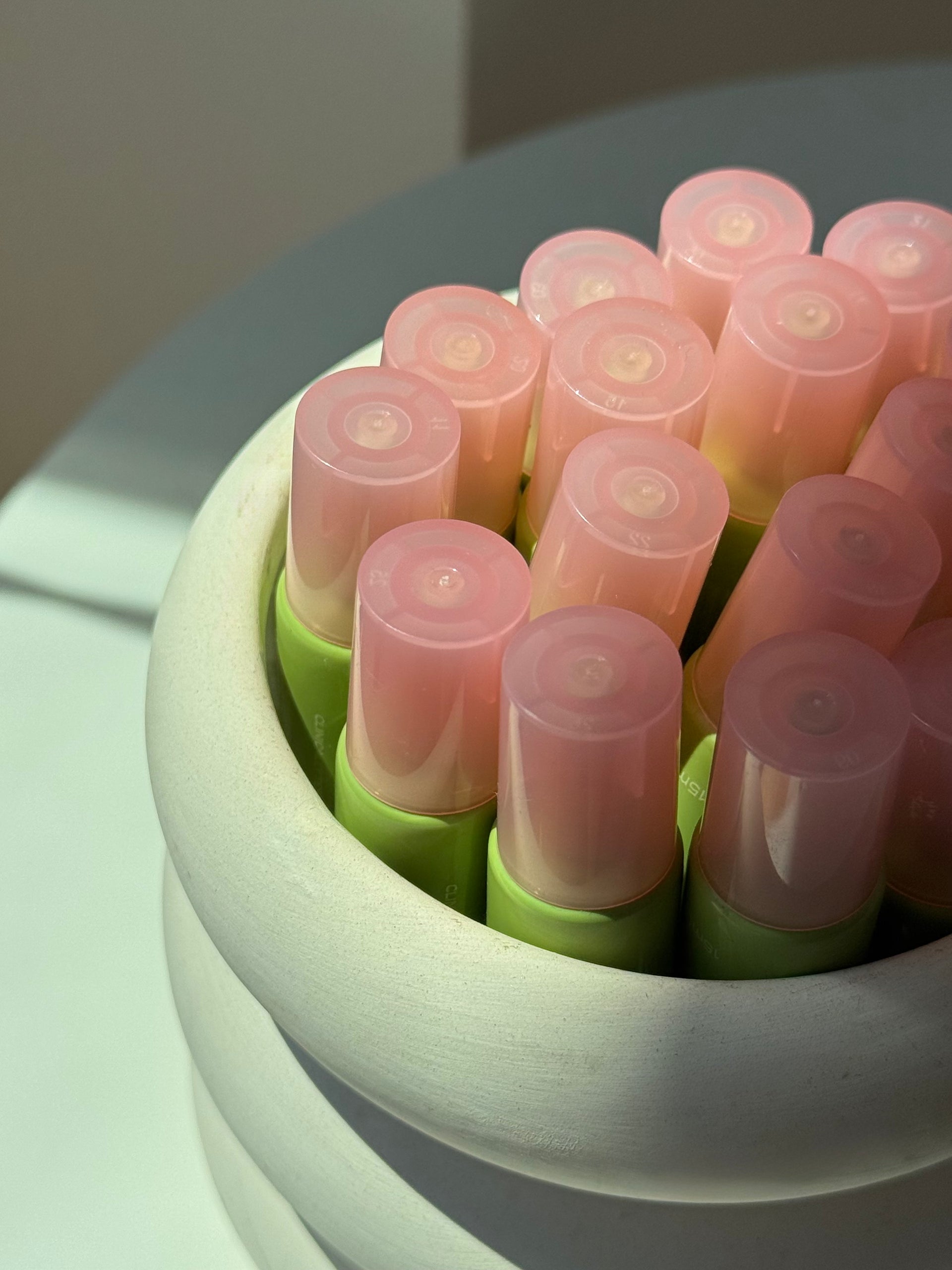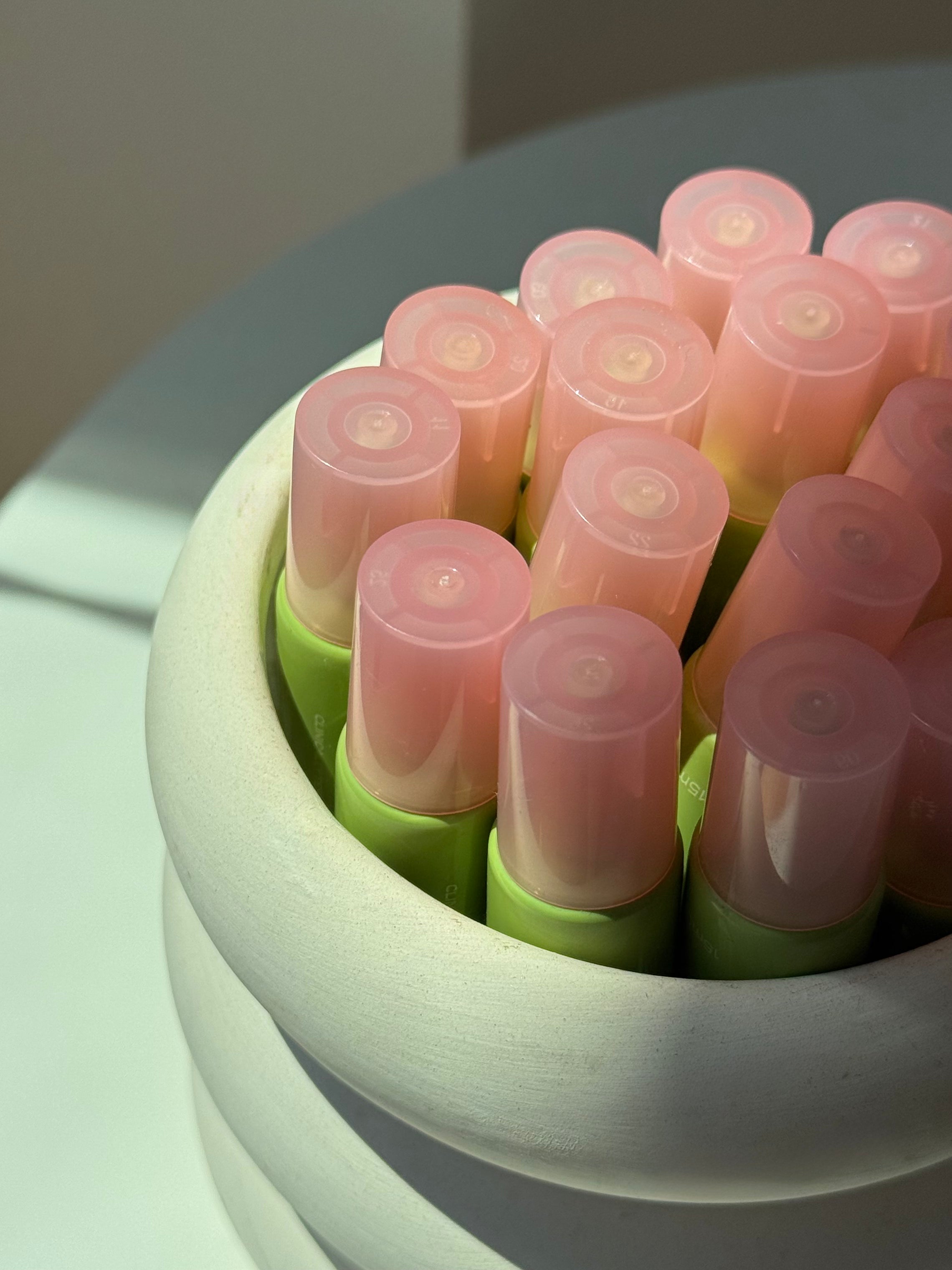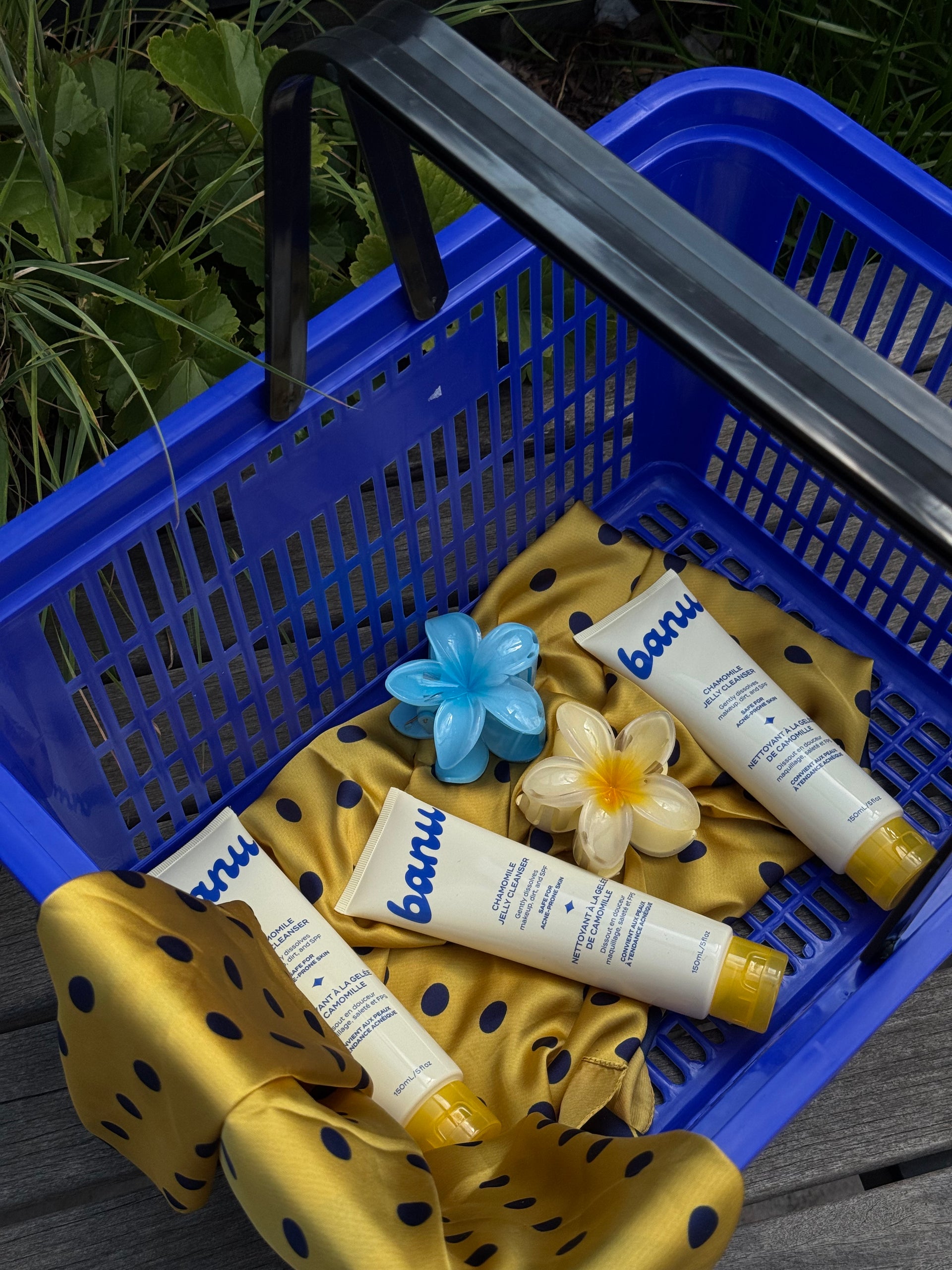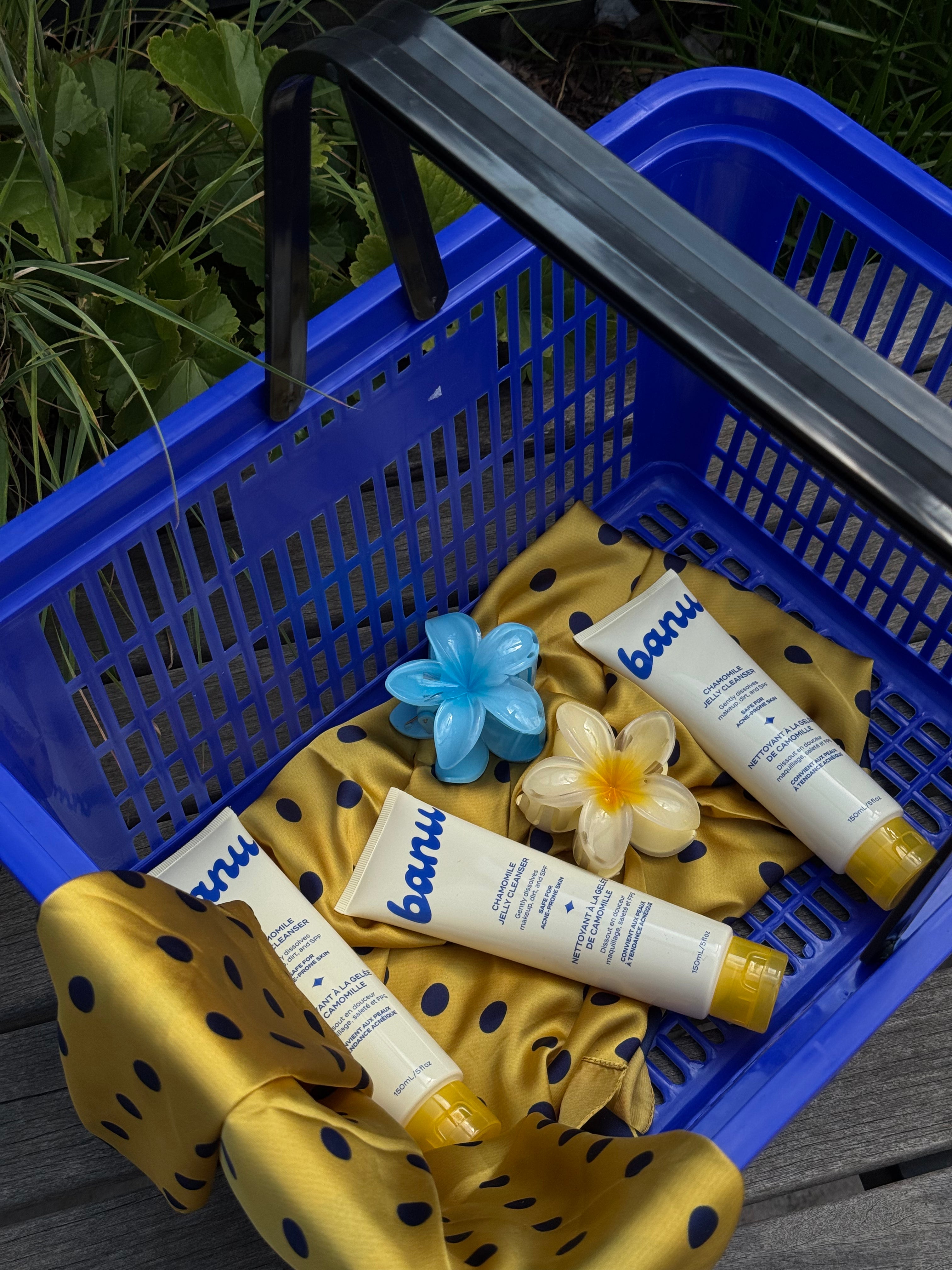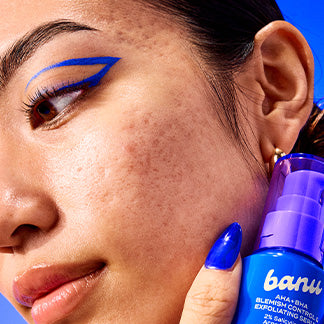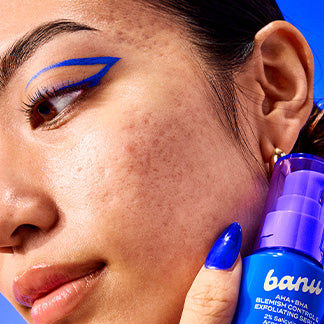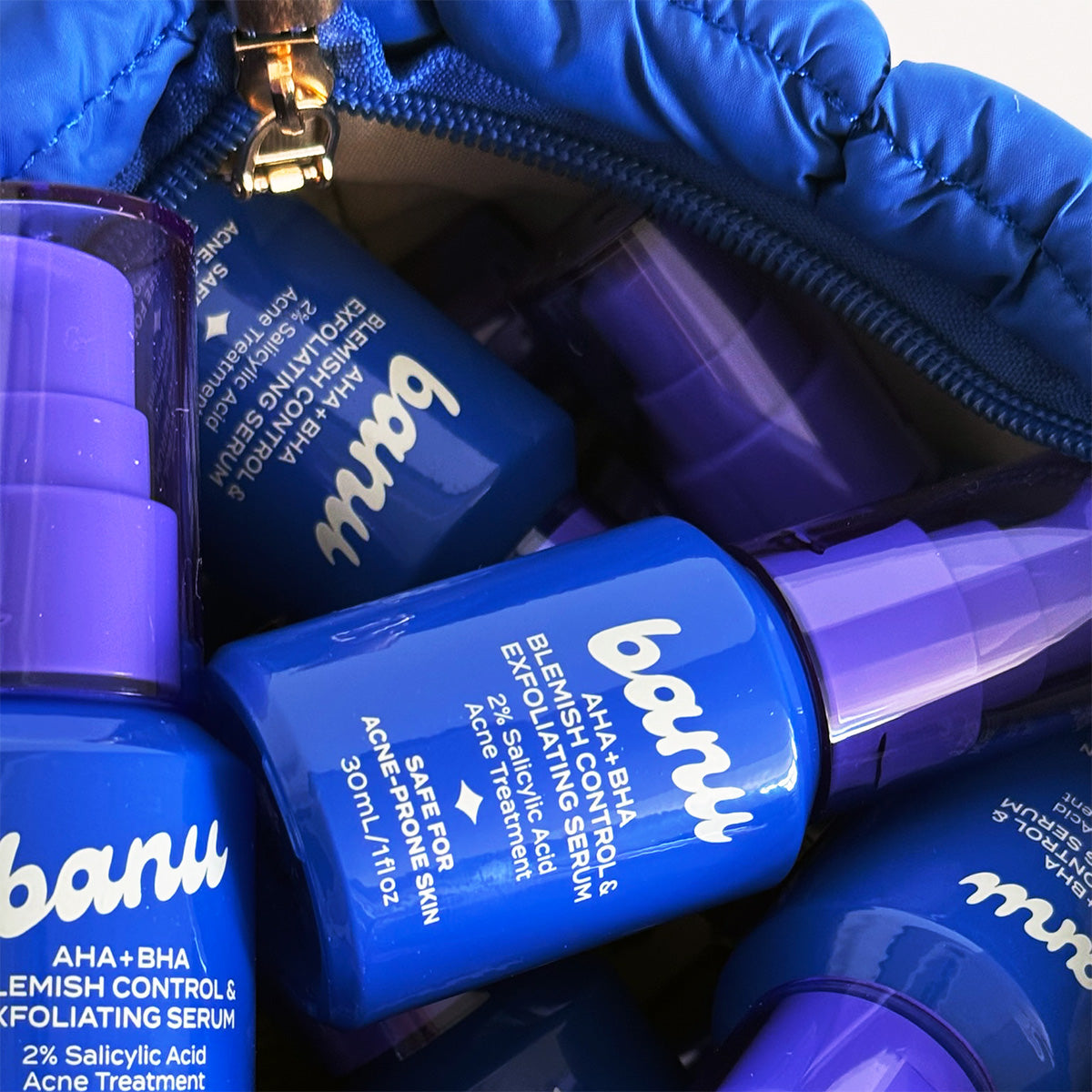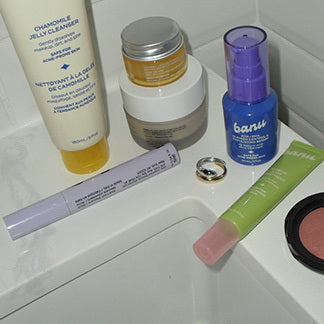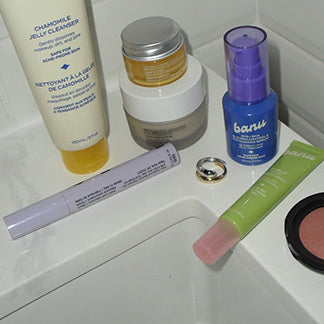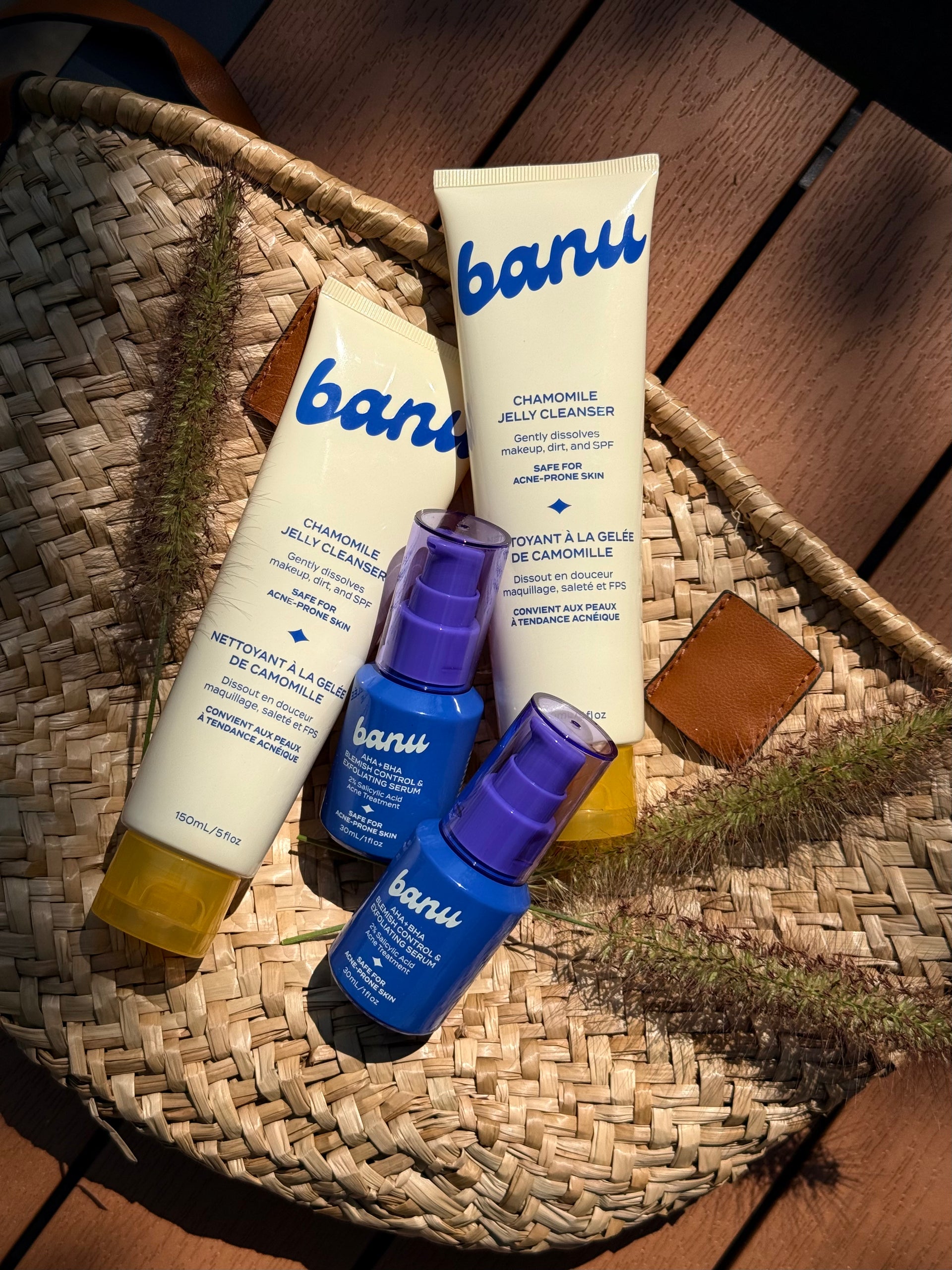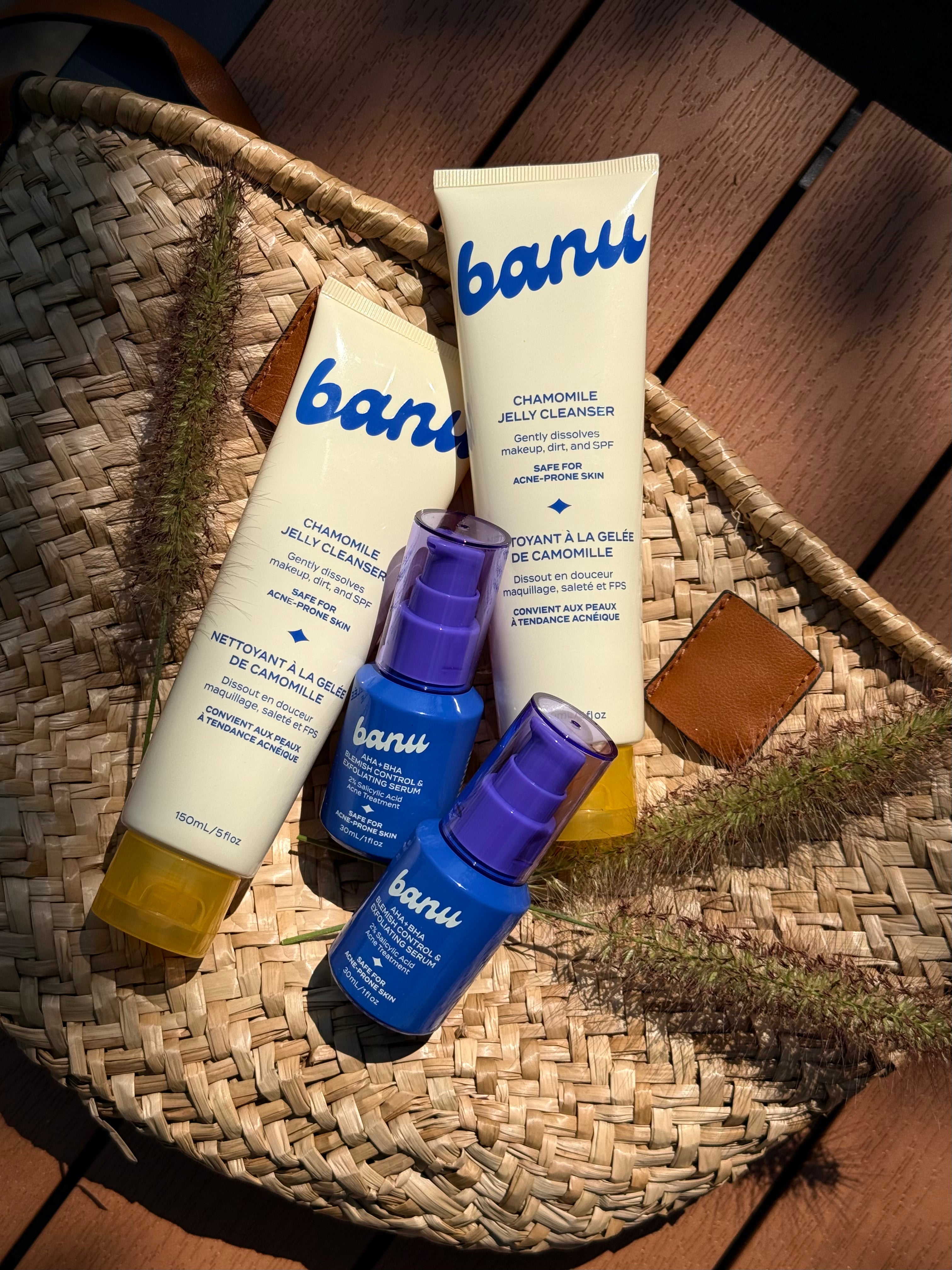Breaking Out? It Might Be Fungal Acne — Here’s What to Know
2 June, 2025

by Jenna Curcio
Let’s talk about something a little less mainstream and way more common than you’d think: fungal acne.
If you’ve been dealing with clusters of tiny, itchy bumps (especially on your forehead, chest, or back), and nothing seems to help — there’s a solid chance you’re not actually breaking out. You could be dealing with fungal folliculitis, a skin condition caused by — you guessed it— yeast overgrowth, not bacteria.
And that matters. Because if you treat fungal acne like regular acne, it’ll stick around. But once you know what you’re dealing with? That’s a breakthrough moment.
But For Real, What Is Fungal Acne?
First off, fungal acne isn’t really acne. It’s a type of folliculitis — inflammation of the hair follicles — caused by an overgrowth of Malassezia yeast. That yeast lives on everyone’s skin (it’s normal!), but when things get out of balance, it can overgrow and clog up your follicles. Result: itchy, rash-like bumps that don’t respond to typical acne treatments.
How to tell it apart:
-
Fungal acne = tiny, uniform, itchy bumps. Often shows up on your chest, back, shoulders, or forehead.
-
Regular acne = inflamed pimples of different sizes, usually from oil, bacteria, and clogged pores.
Recognizing this difference can seriously empower your skincare routine. The more clarity you have on what’s happening, the better your choices get.
What Causes Yeast Overgrowth?
Short answer: your skin’s balance gets thrown off. Yeast throws a party. Your follicles aren’t thrilled.
Common triggers for fungal acne:
-
Excess heat or sweating
-
Occlusive skincare (hello, heavy oil-based products)
-
Wearing tight or unbreathable clothes
-
Antibiotics or hormonal shifts that mess with your microbiome
-
Diets high in sugar or refined carbs
Basically, it’s a team effort between internal and external factors.
And here’s the thing: not all skincare is fungal-acne friendly. A lot of products contain oils, esters, or fatty acids that feed Malassezia. That’s why banu’s full line is made without fungal acne triggers — on purpose.
How to Treat Fungal Acne
Here are the basics.
-
Stick to Fungal-Safe Formulas
Avoid ingredients that feed yeast (like coconut oil, esters, and fermented extracts). Instead, go for gentle, non-comedogenic basics that keep your skin clear and balanced. -
Bring In Antifungal Helpers
You don’t need to go full Rx unless a derm tells you to, but ingredients like sulfur, zinc pyrithione (yep, even in dandruff shampoo), and diluted tea tree oil can help calm bumps. -
Keep Things Clean + Dry
Fungal acne thrives in heat and sweat. So:
– Shower post-workout
– Wear breathable fabrics
– Wash your gym clothes often
– Avoid sleeping in makeup or heavy creams
When to See a Derm
If your skin’s still flaring after a few weeks of targeted care, check in with a derm. They can confirm if it’s fungal folliculitis — and help fast-track real results.
The Bottom Line
Fungal acne’s annoying, but it doesn’t have to be a whole thing. A few small changes — smarter products, cleaner habits — can make a big difference. You’ve got this <3
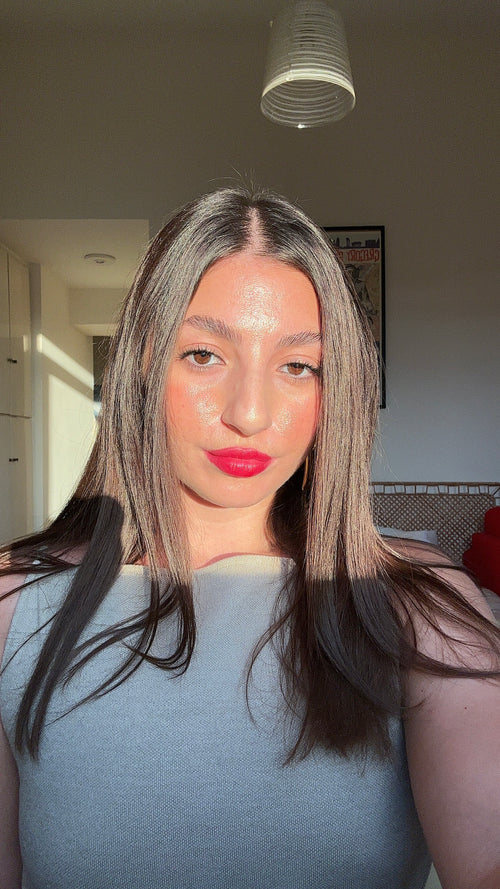
Author
Jenna Curcio
Ciao, I’m Jenna :) I’m a writer and brand strategist with 6+ years of experience telling stories in the beauty world — both professionally and personally. After years of dealing with acne, I know how overwhelming and emotional the skincare journey can be. I’m here to make it feel a little less confusing and a lot more human.

